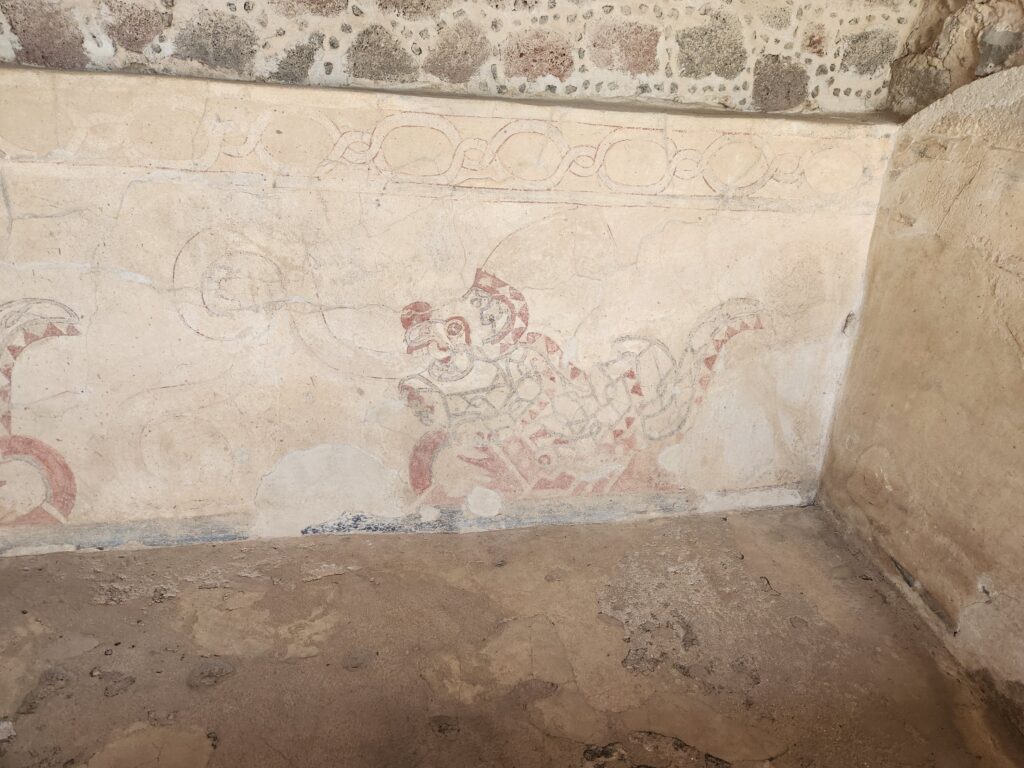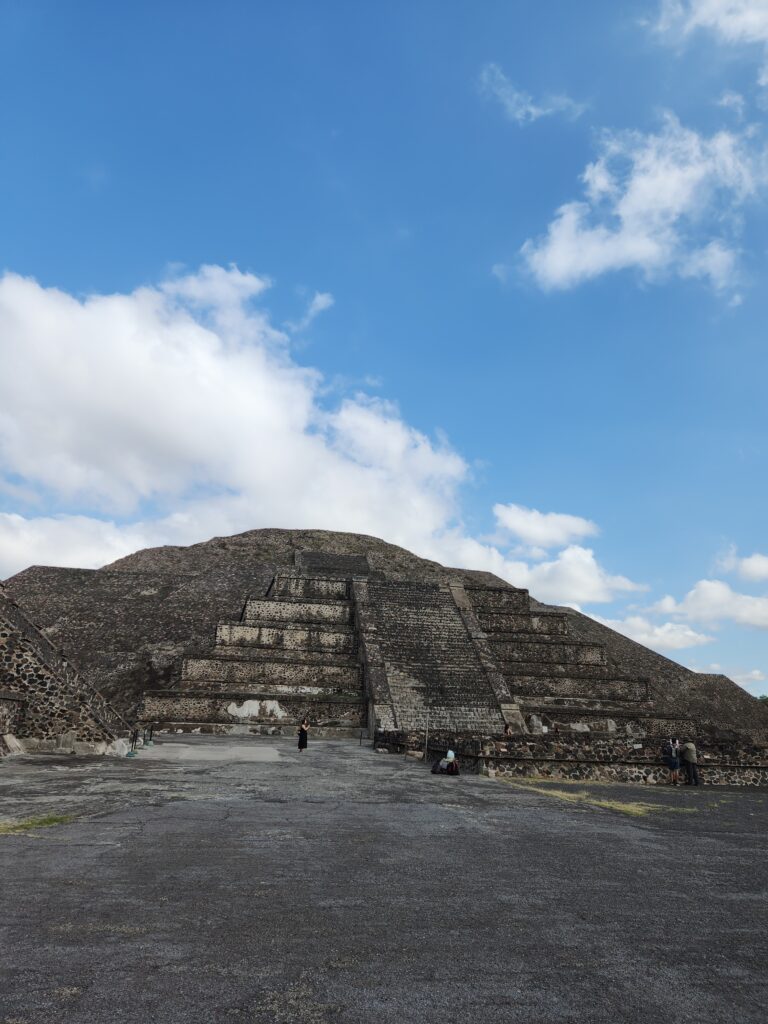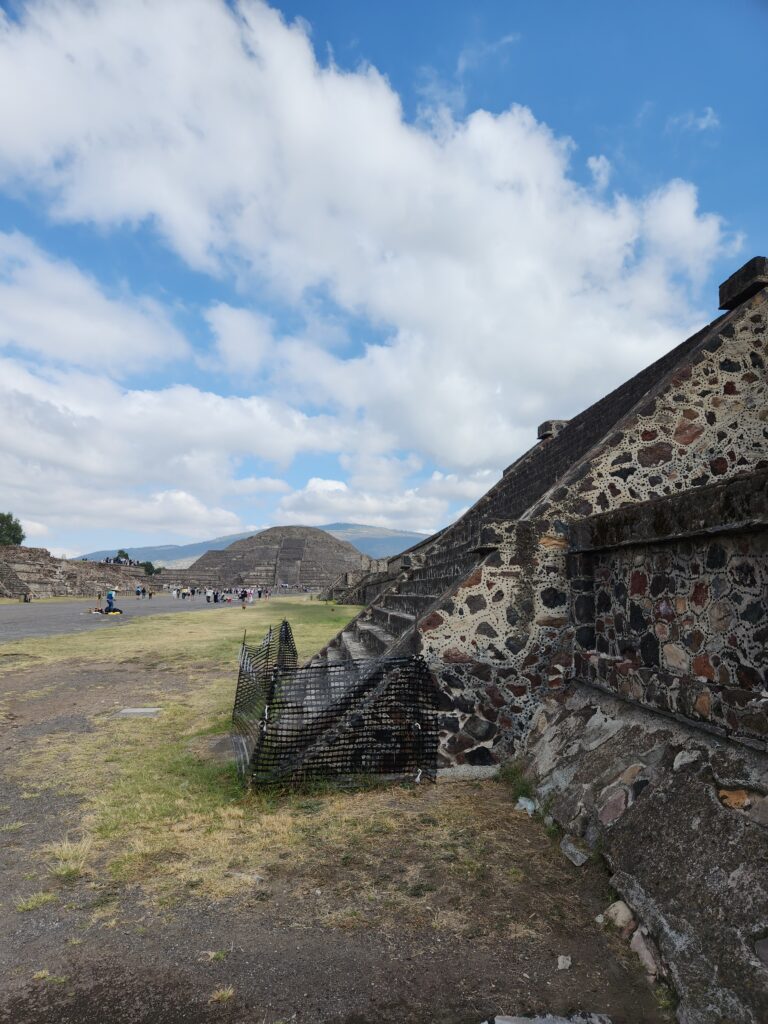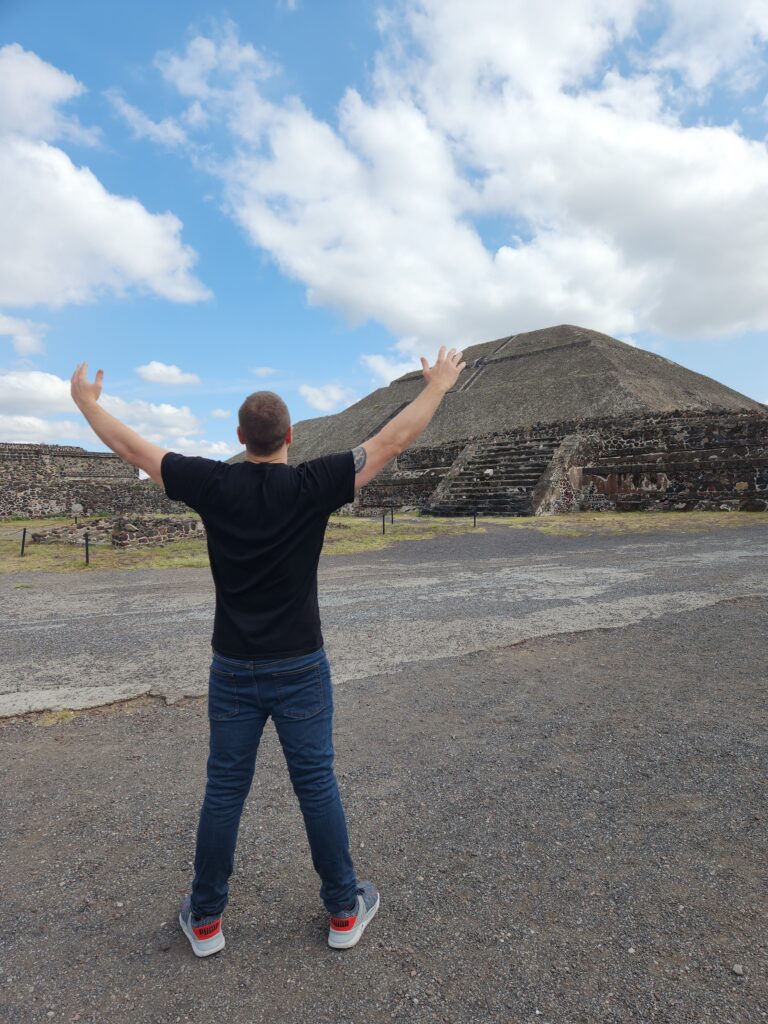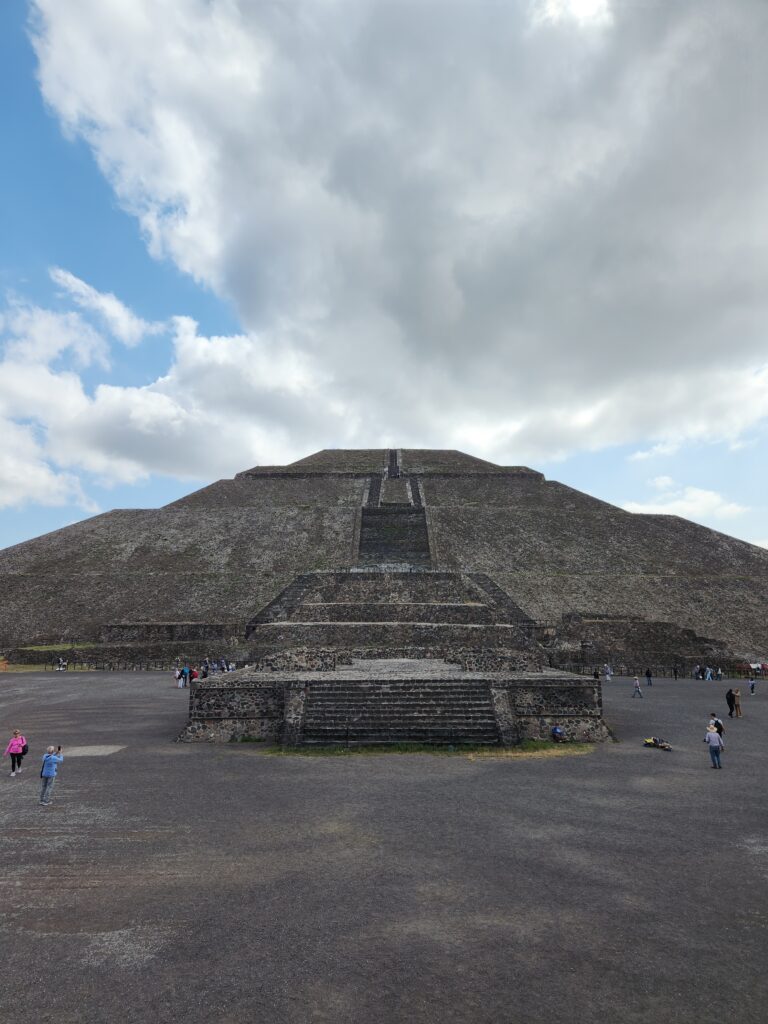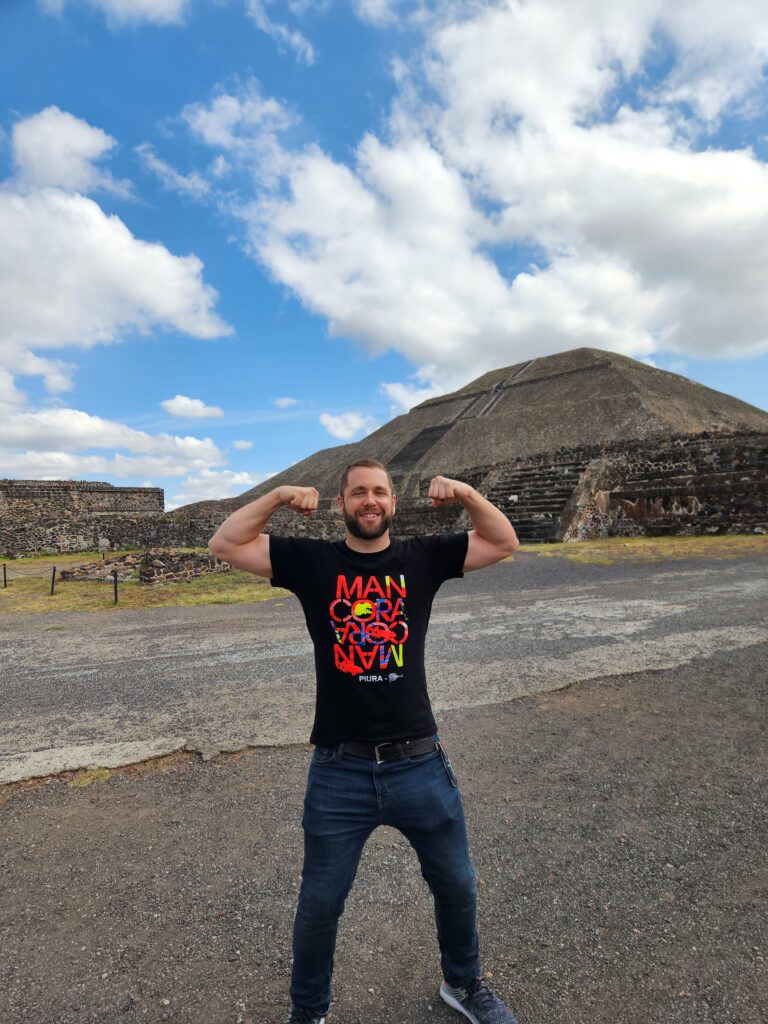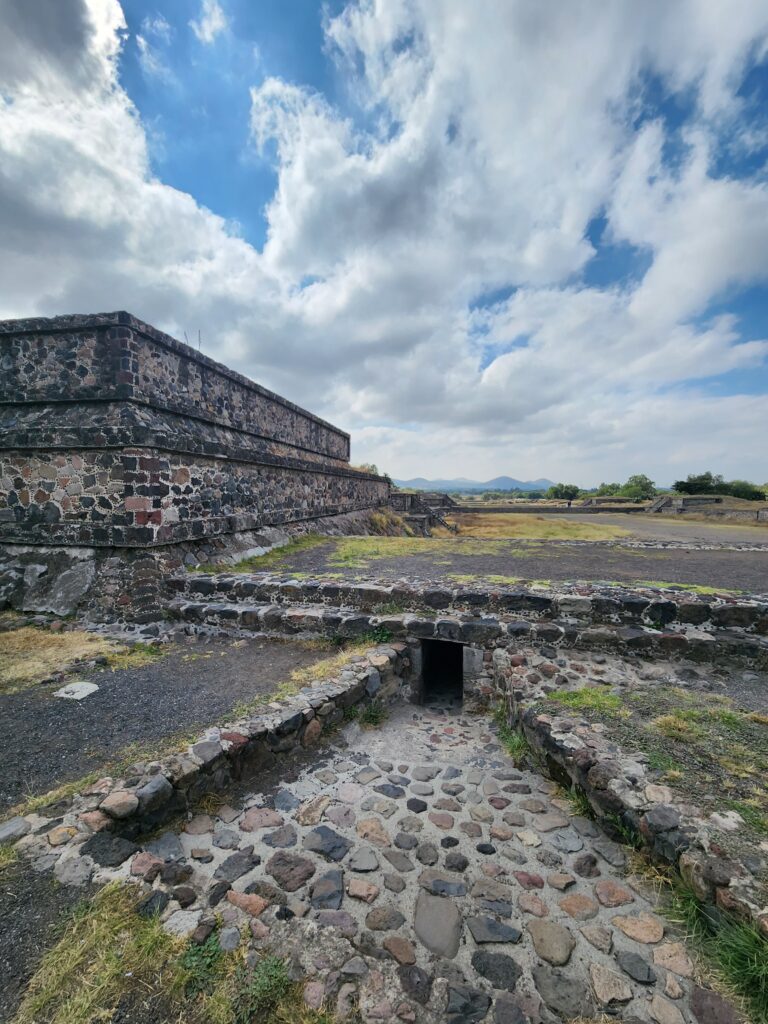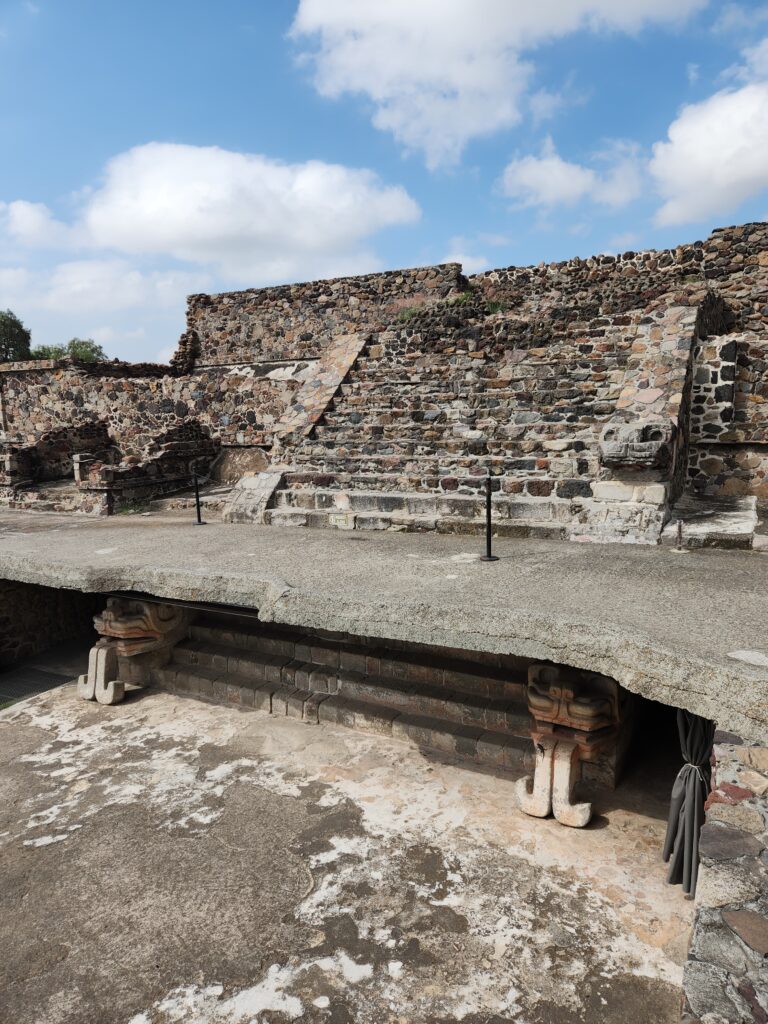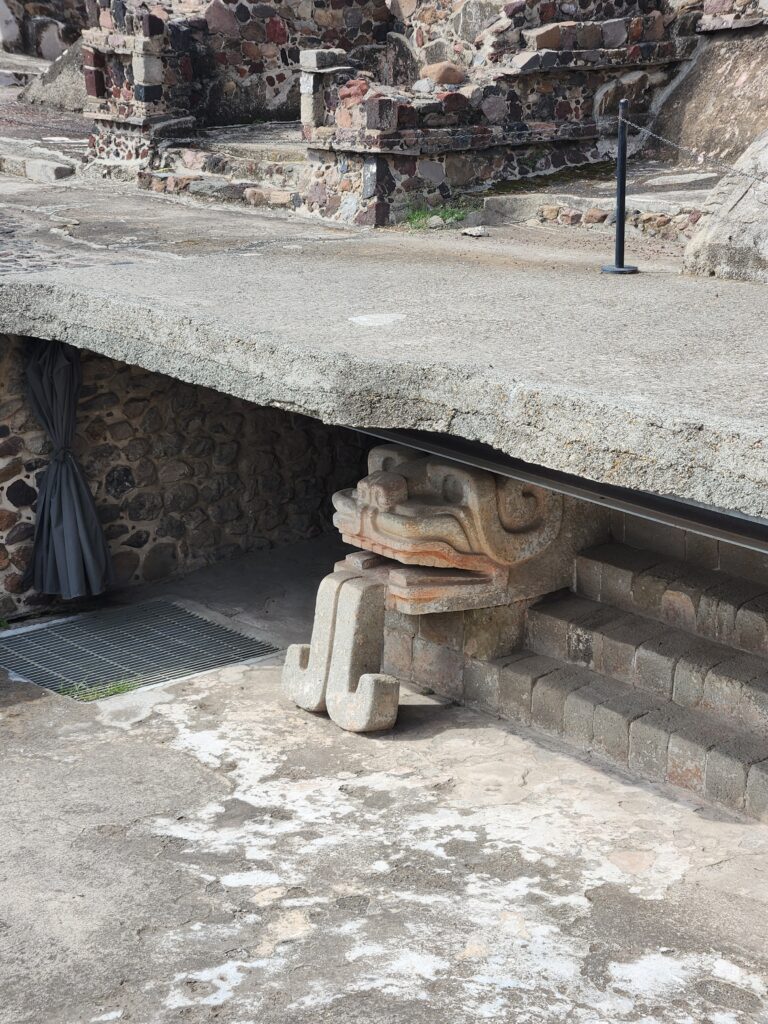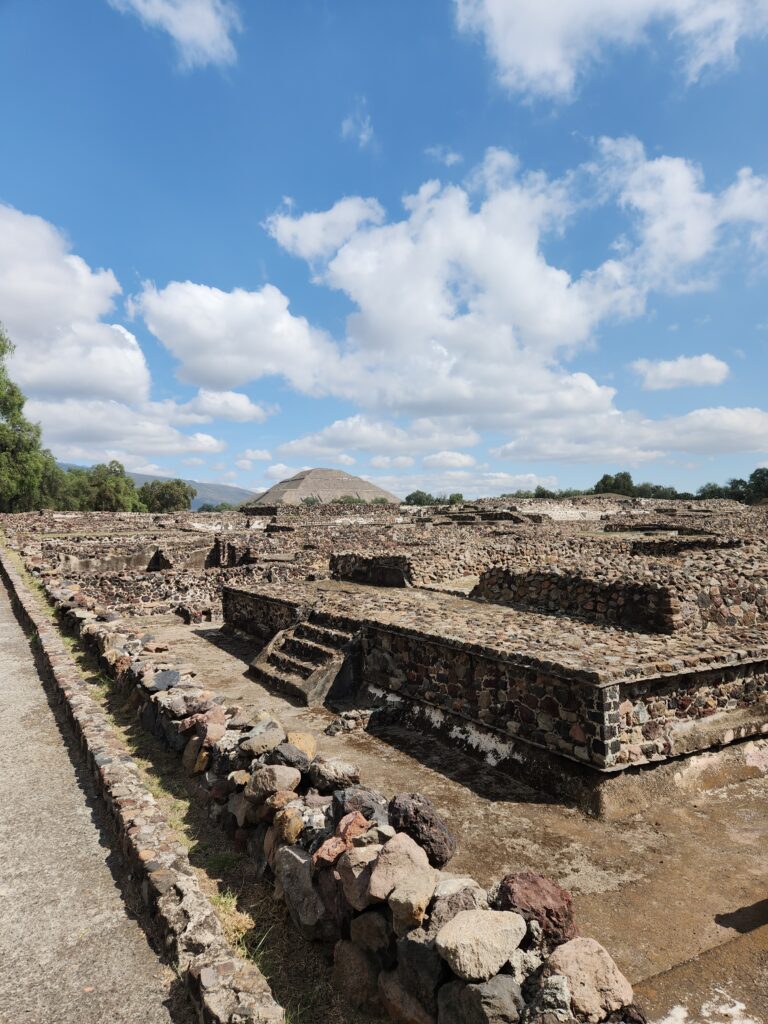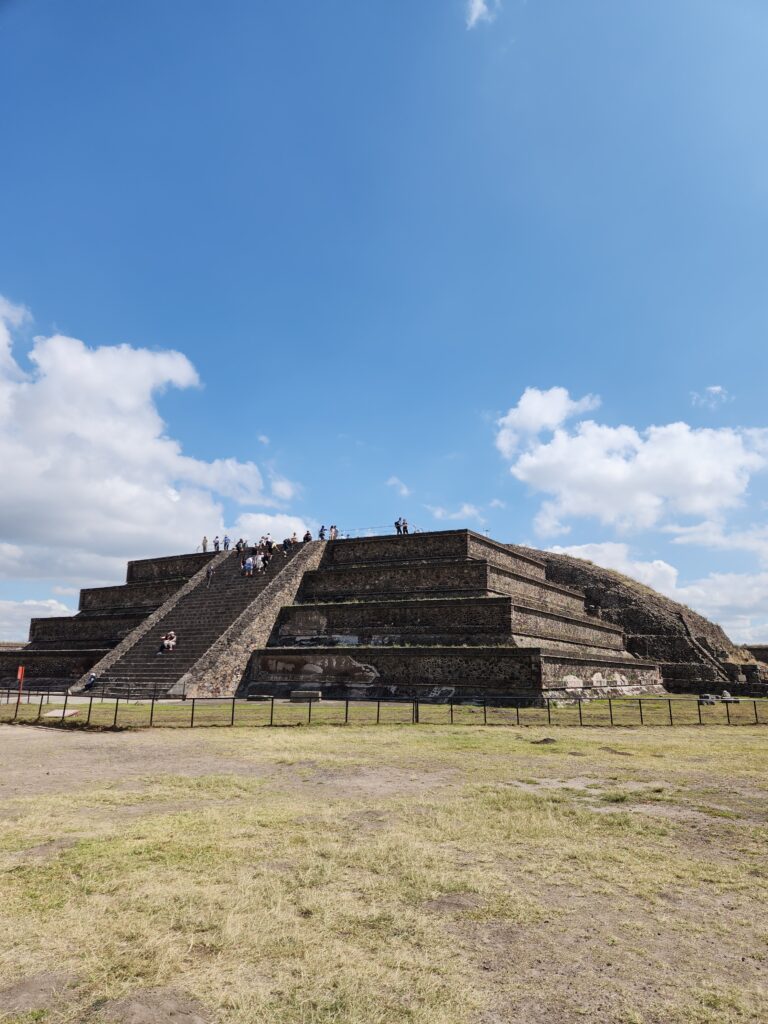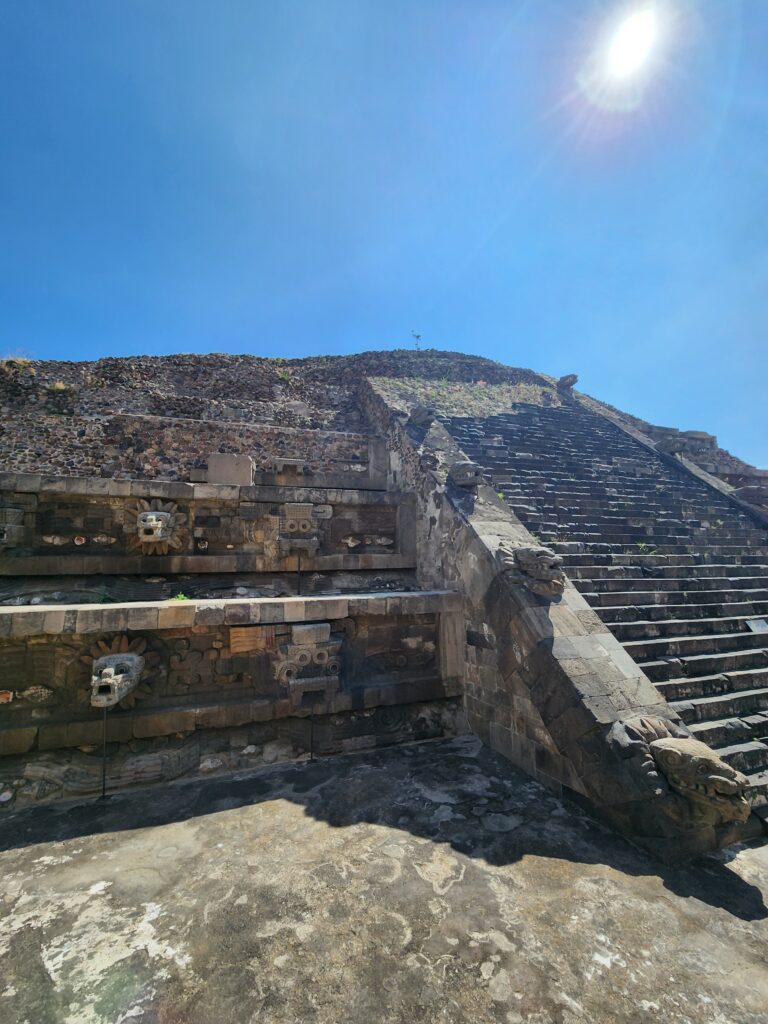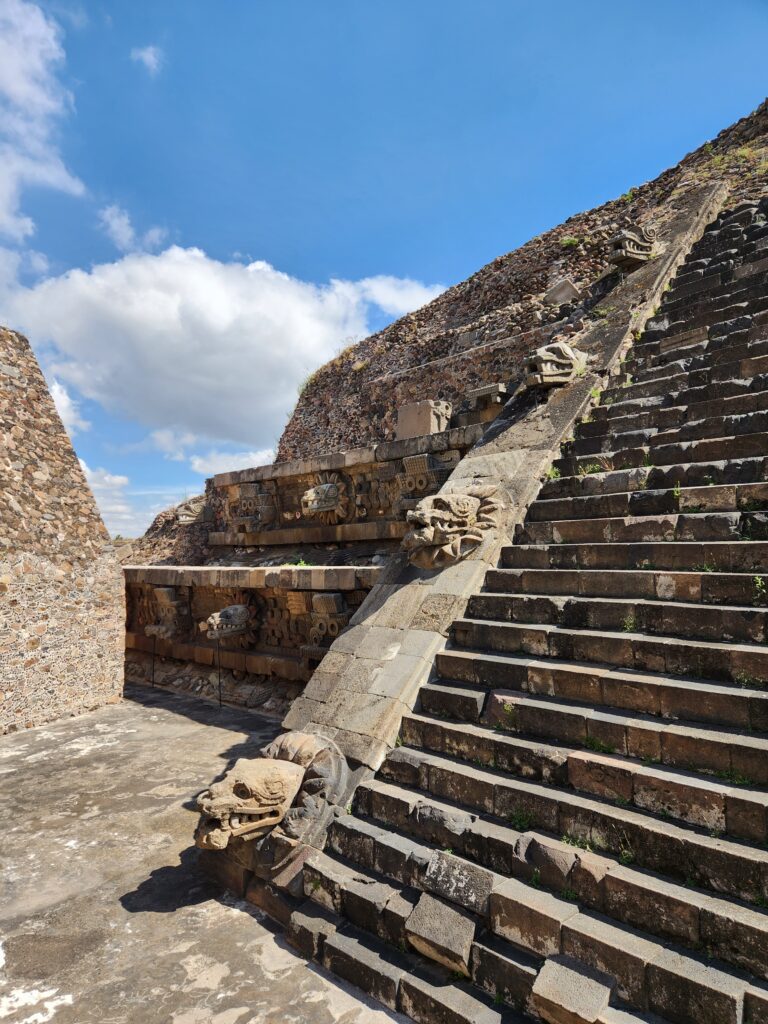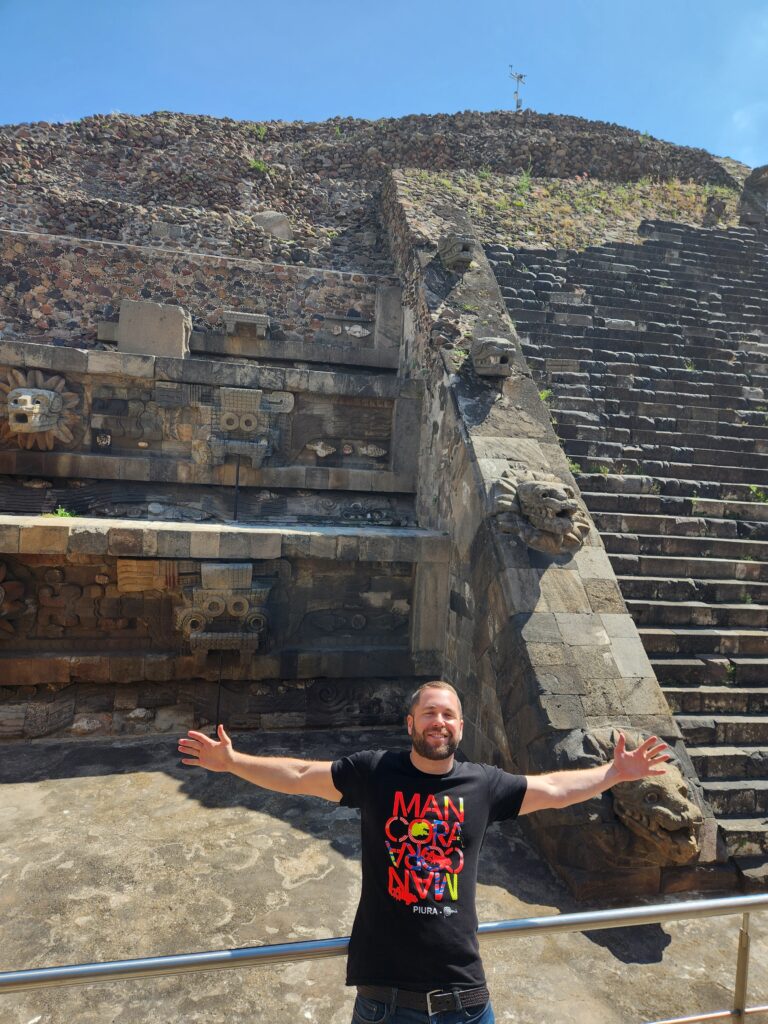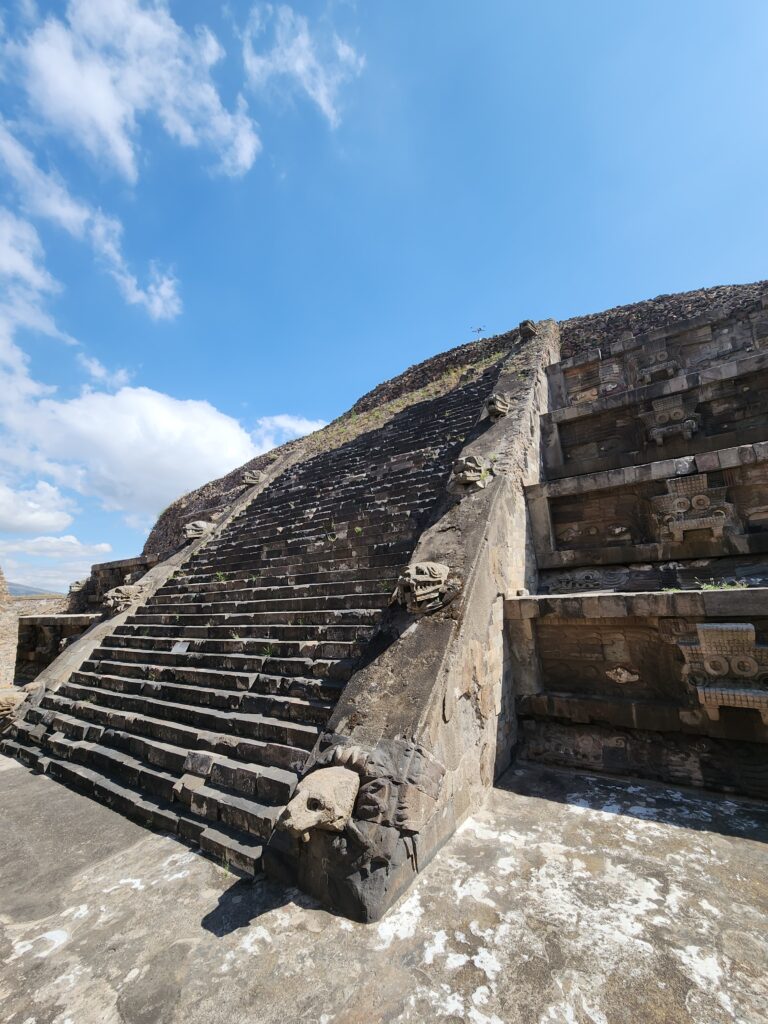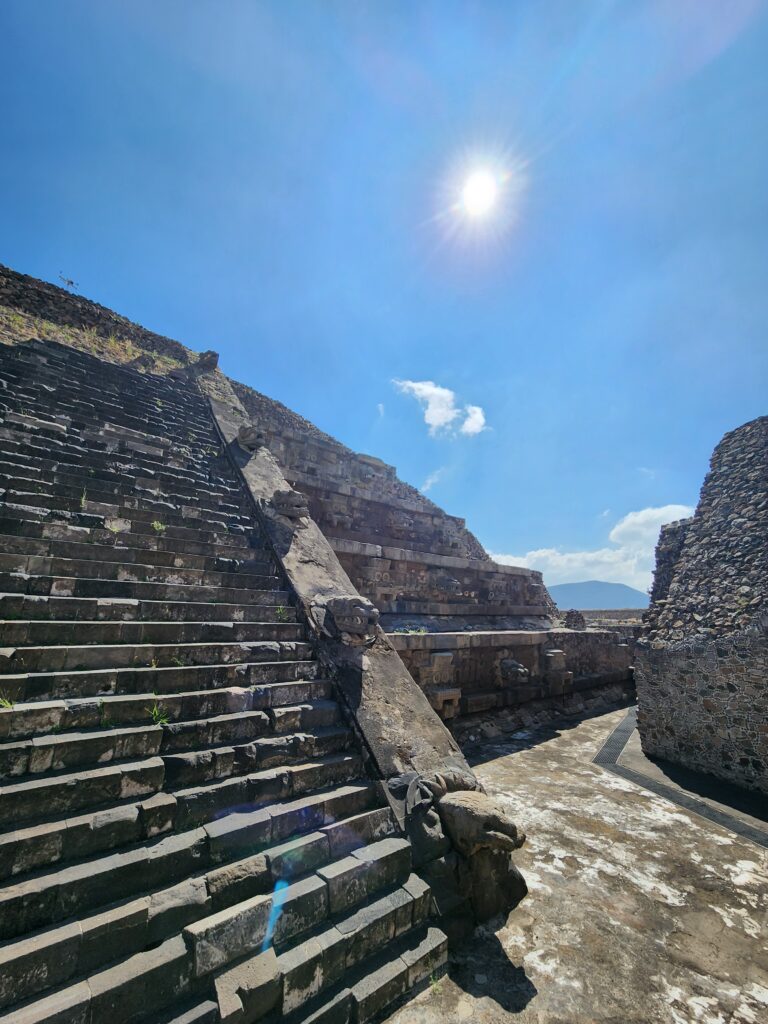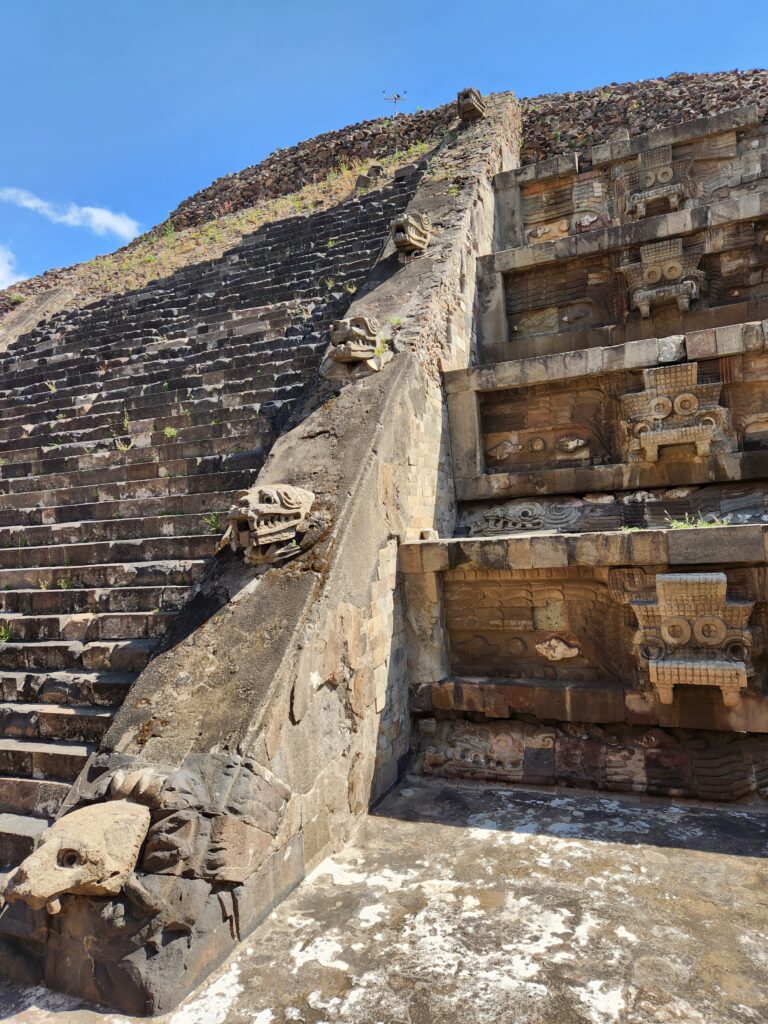When it comes to mega-cities in the West, Cuidad de Mexico (CDMX) takes the title by force. Its inner city has 9,209,944 residents, which consists of 7.3% of the Mexican population. When you include the zona metropolitana del Valle de Mexico, the numbers get even crazier with 21,804,515 residents. These staggering figures make CDMX the biggest agglomeration of Spanish speakers on the planet. It’s the world’s 8th biggest city and the largest in the Americas. Unsurprisingly, this massive population makes CDMX an economic powerhouse. Every year it generates 568 billion dollars, which equates to 17% of Mexico’s PIB.
Mexico City isn’t just the financial capital of Mexico, they set the standard for what goes on throughout the country. This booming metropolis is home to Mexico’s political elite, so its impact ripples throughout the entire nation. It’s the economic, academic, political, and social capital of Mexico. But their influence isn’t only monetary, this is also a cultural hub that has been dominated by various civilizations. What started as an island on the lago de Texcoco in 1325 evolved into one of the Old World’s largest cities by the time the Spaniards arrived in 1519. From there it was incorporated into the Virreinato de la Nueva España and la nueva Cuidad de Mexico was founded on top of México-Tenochtitlan.
After gaining independence from Spain in 1821 when the Ejército Trigante took the city by storm, CDMX managed to get even more chaotic. Instead of ushering in a new area of peace and prosperity, the violence ramped up. In the 19th century alone, Mexico City endured 2 political coups, 2 foreign invasions from France and North America, and a civil war. CDMX is ground zero for Mexico’s political conflicts, and this trend of protests and political revolutions continued all the way up into the 21st century. Even today there are strikes in different parts of the city almost every week, so the city is constantly in a peculiar state of controlled chaos.


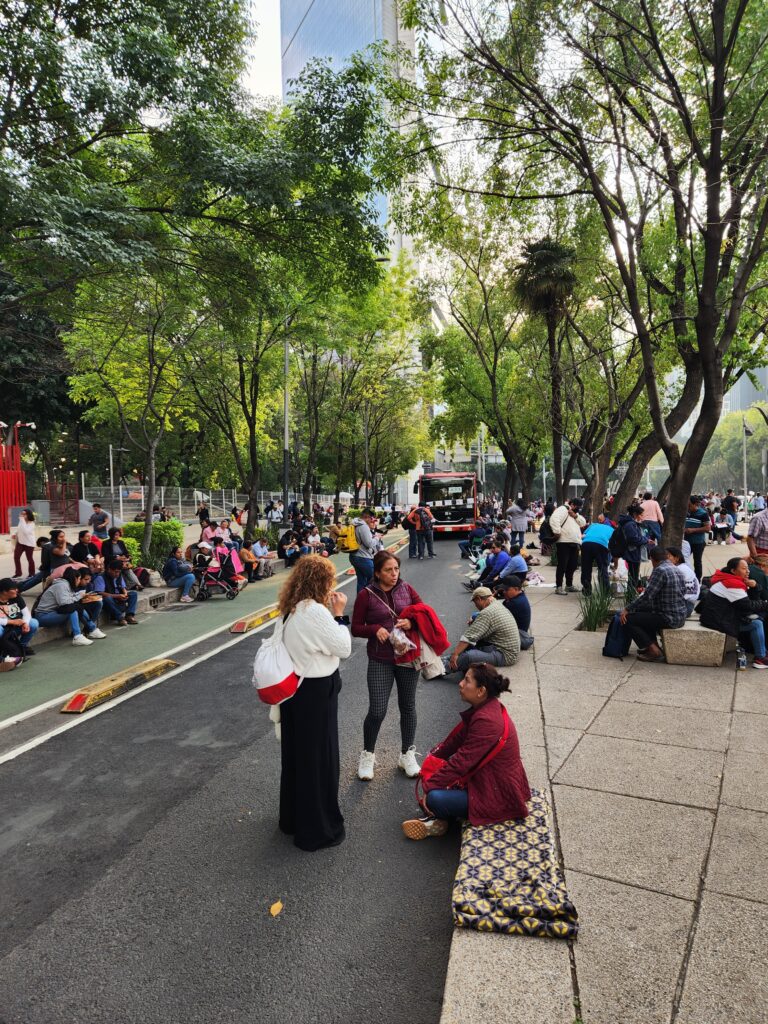


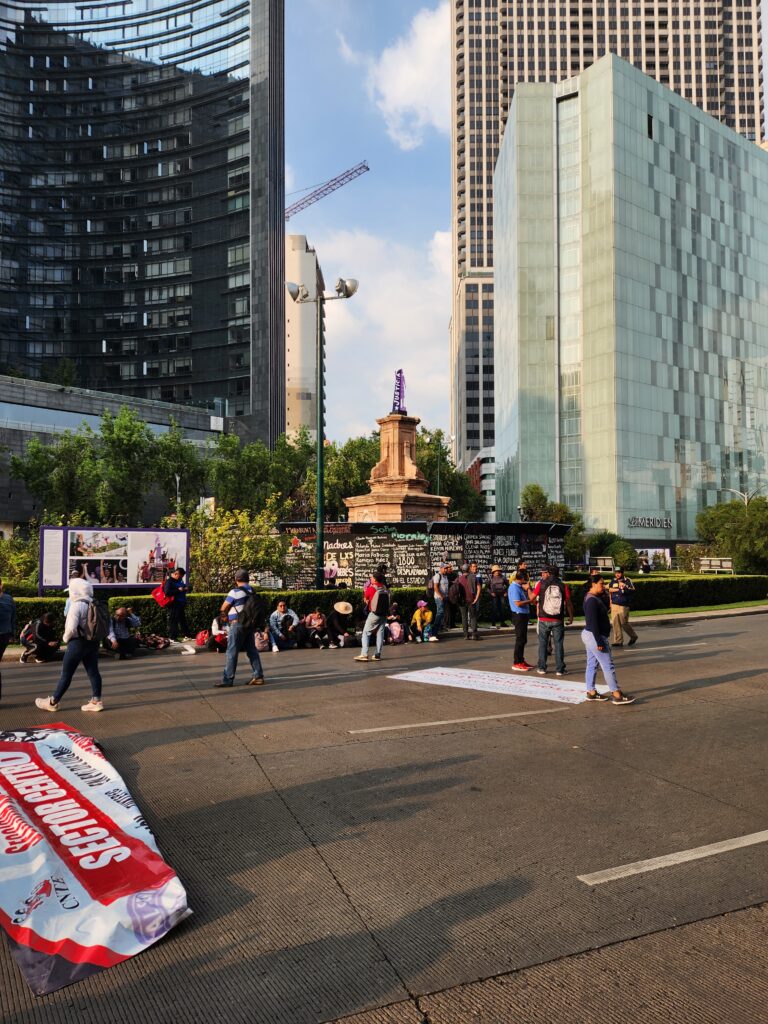
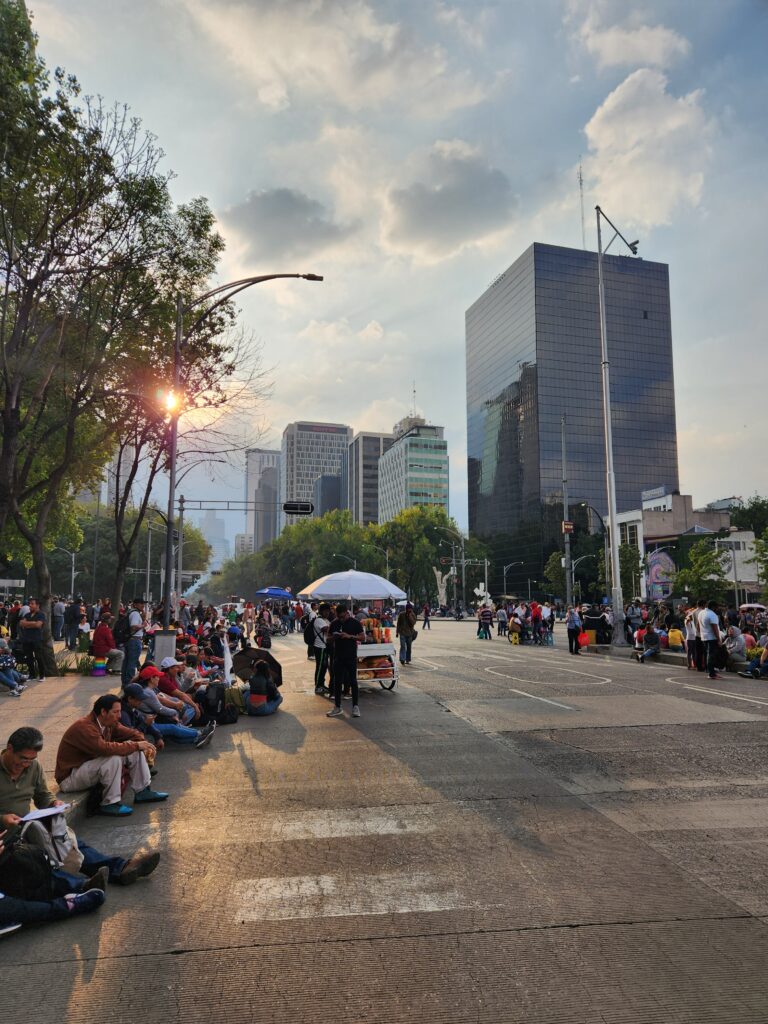
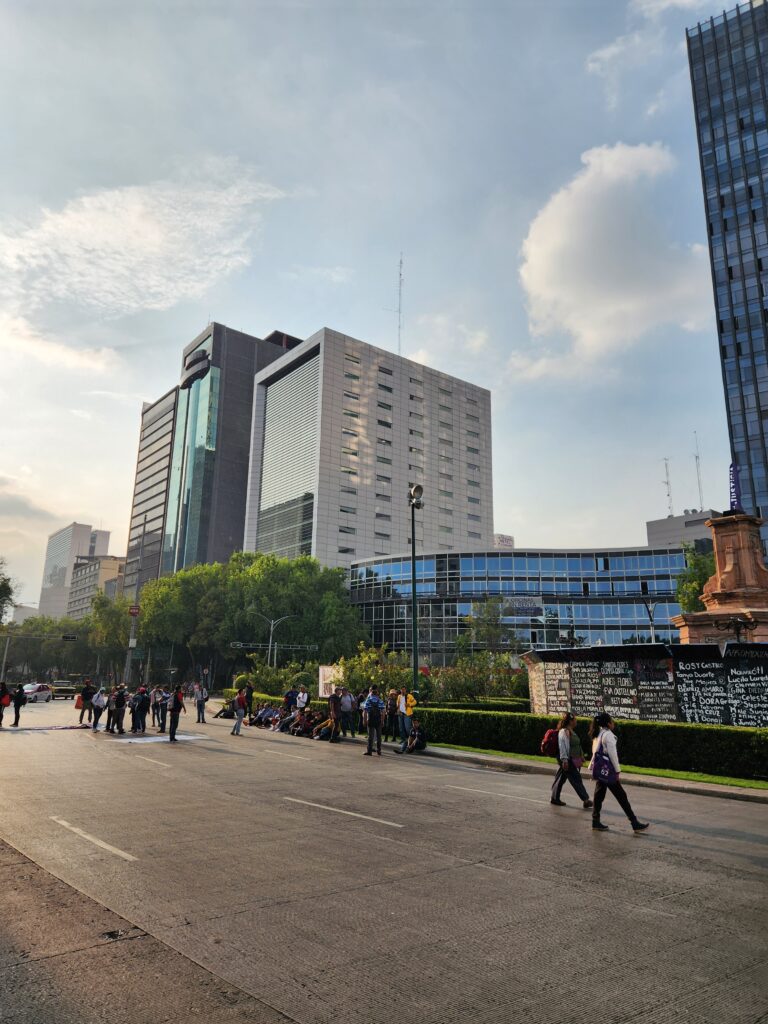
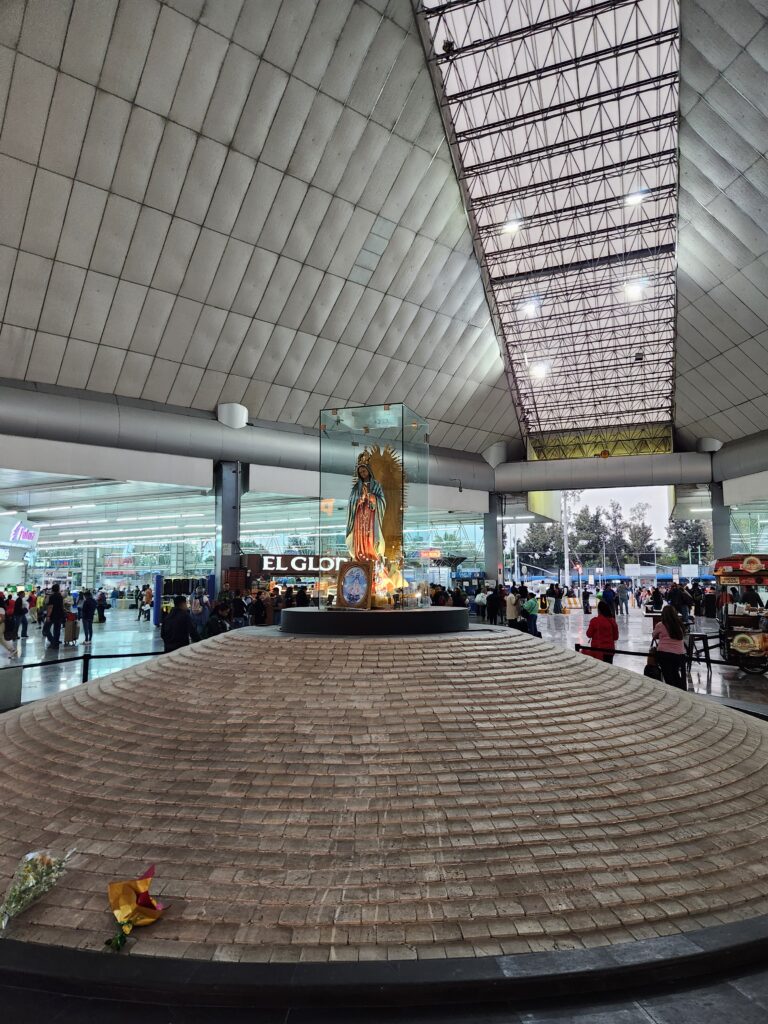



On top of having to deal with Mexico’s notorious political instability, CDMX routinely goes toe to toe with Mother Nature. Building a massive metropolis on top of a lake set the stage for major floods in 1555, 1580, 1607, 1707, 1714, and 1806. This succession of unfortunate events caused the Spaniards to drain the lake basin in the Valle de Mexico and create a series of drains to divert the waters from the río Tula. The final blow to the neighboring lakes was when the Mexican government launched the Gran Canal del Desagüe in 1878. After pushing the lakes to extinction, the next natural disaster the city had to contend with was earthquakes. The biggest earthquake to date was in 1985, which was a staggering 8.1 on the Richter scale. To date, the city is still shaken up with earthquakes, but fortunately none have been as devastating as what hit CDMX in 1985.
Despite being undeniably hectic, CDMX is an amazing city. The Chilangos are super cool people who represent a fusion of Mexicans from all over Mexico. On top of nationals coming to this city in search of opportunities, people from all over the world are calling CDMX home. Over the years, the population has been injected with immigrants from every extreme imaginable. From Japanese communities fleeing oppression in the United States during WWII to Venezuelans and Hattians recently coming up North, Mexico City has become the promised land for multiple cultures. In a recent trend of reverse migration, they have seen a massive influx of North American expats since the pandemic. The sheer number of immigrants living in CDMX showcases how alluring this unapologetically rowdy city is. It’s the most diverse metropolis in Mexico, which provides an international twist on Mexico’s already intoxicating culture.

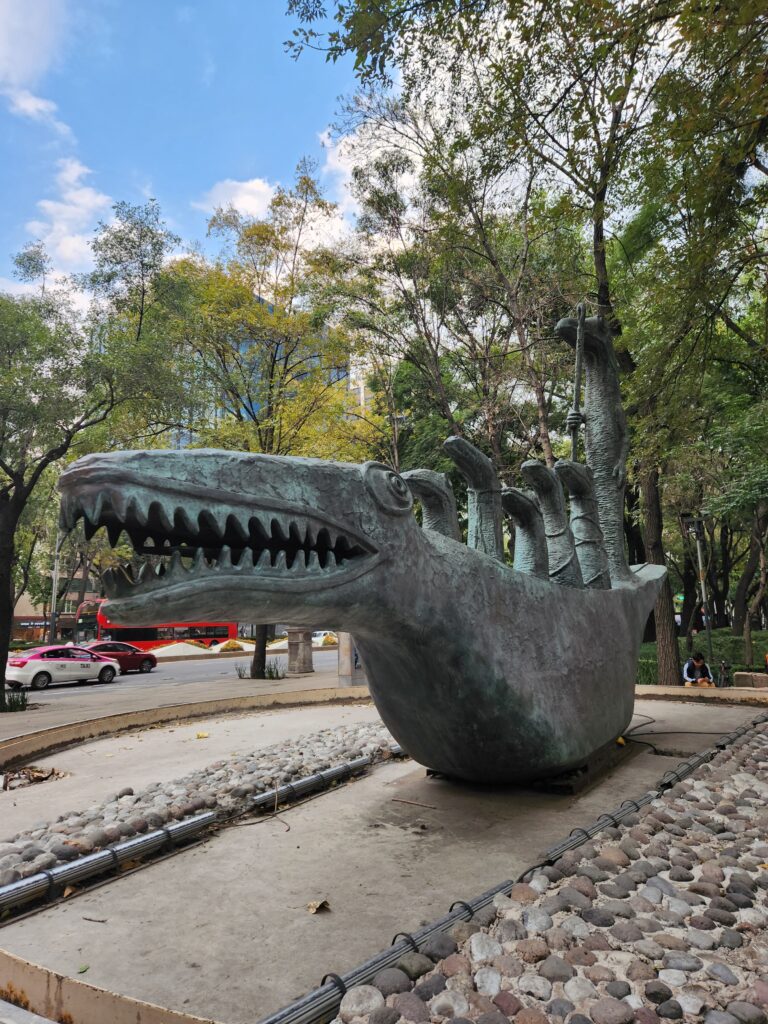
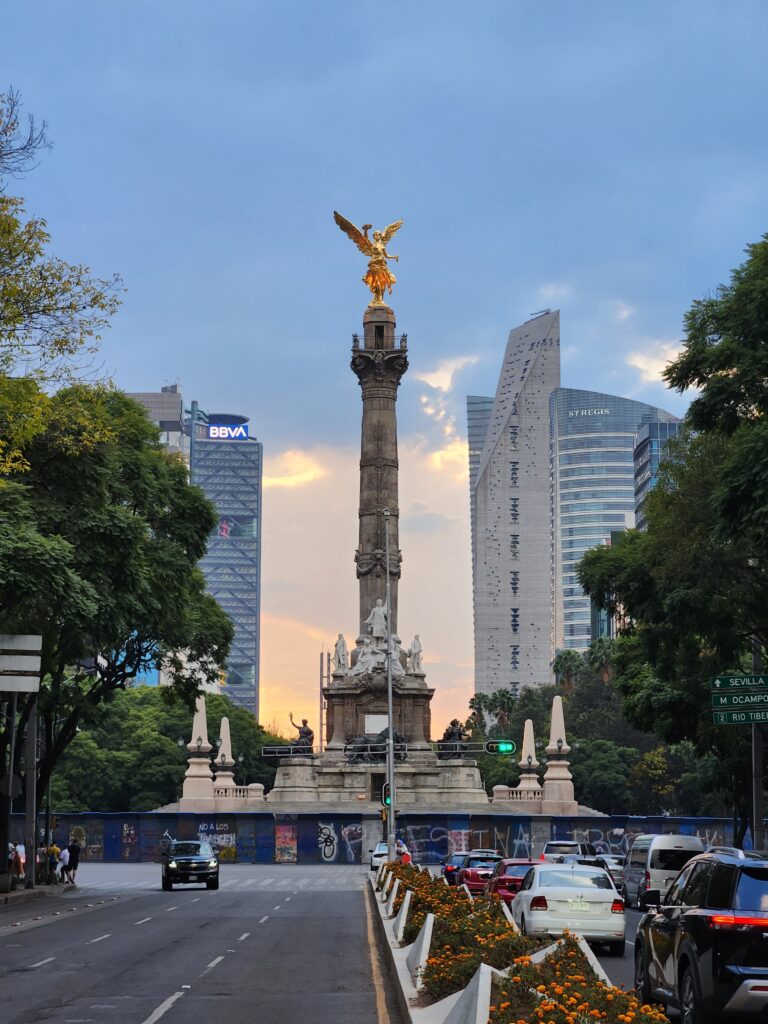
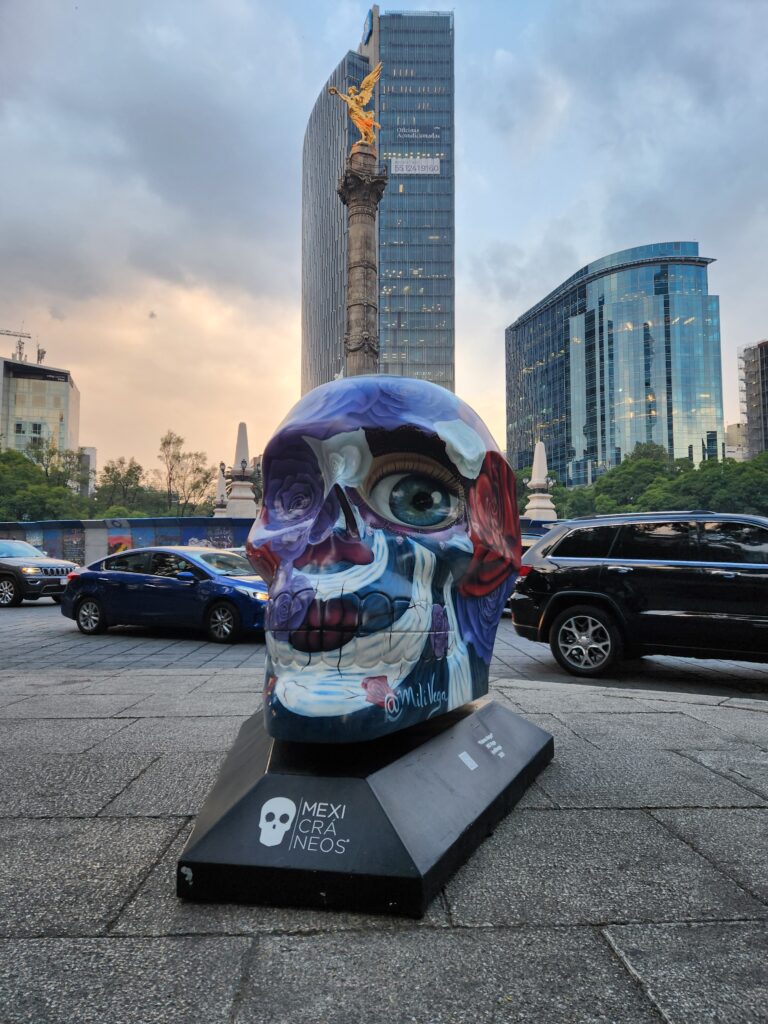
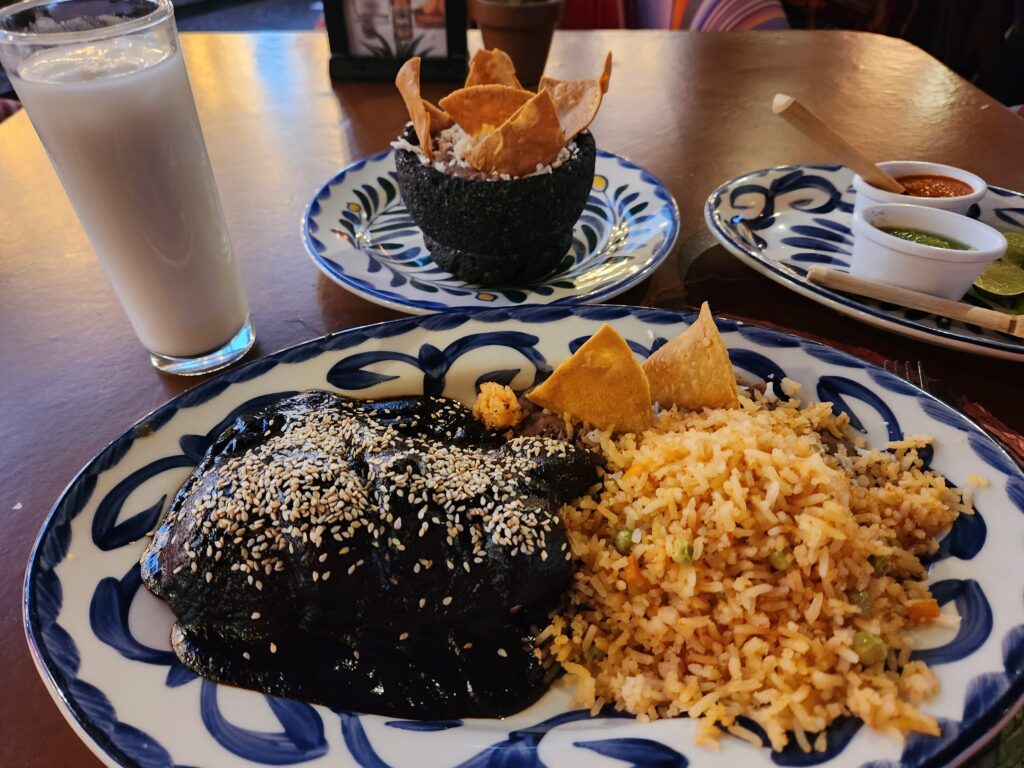




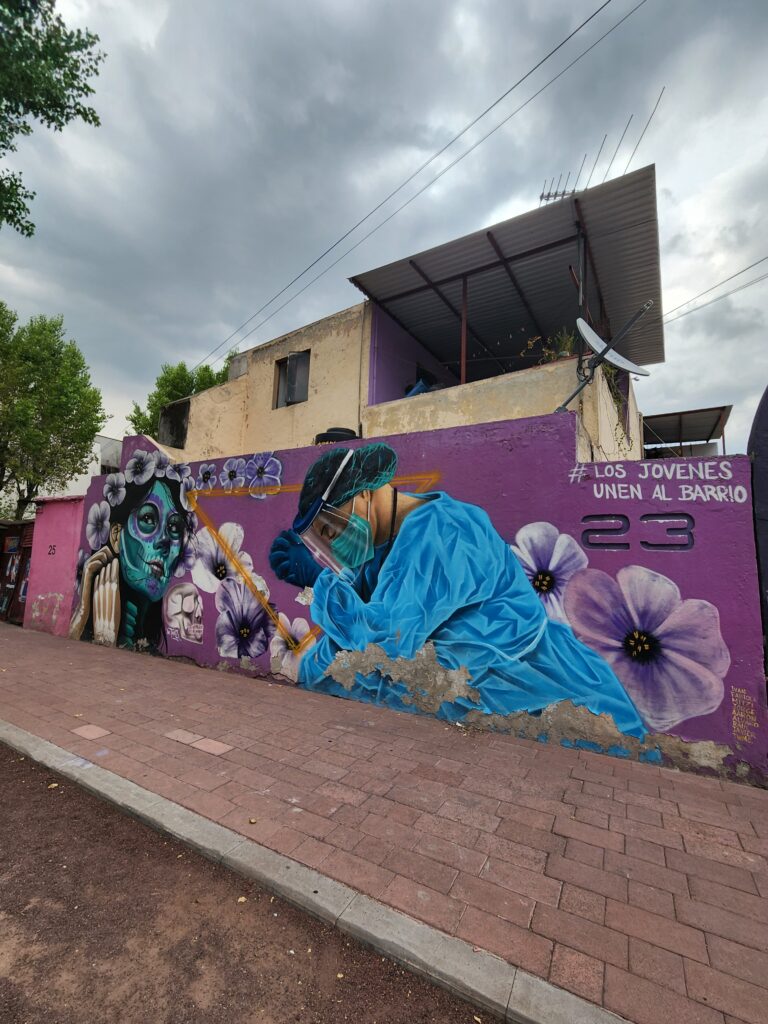

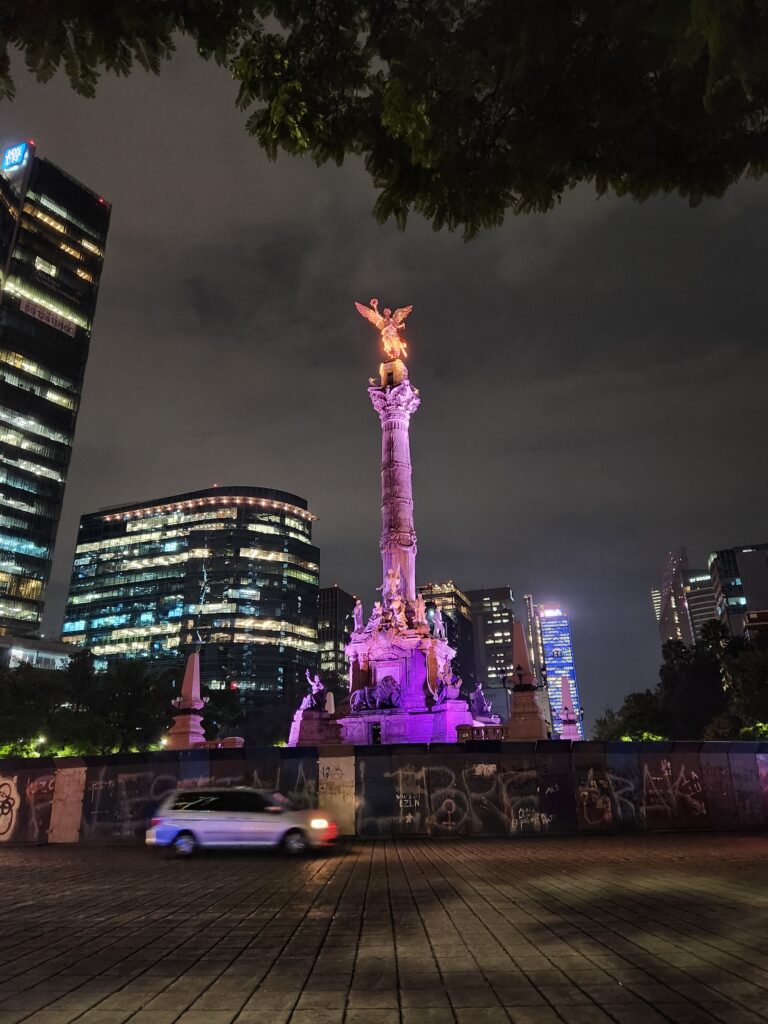
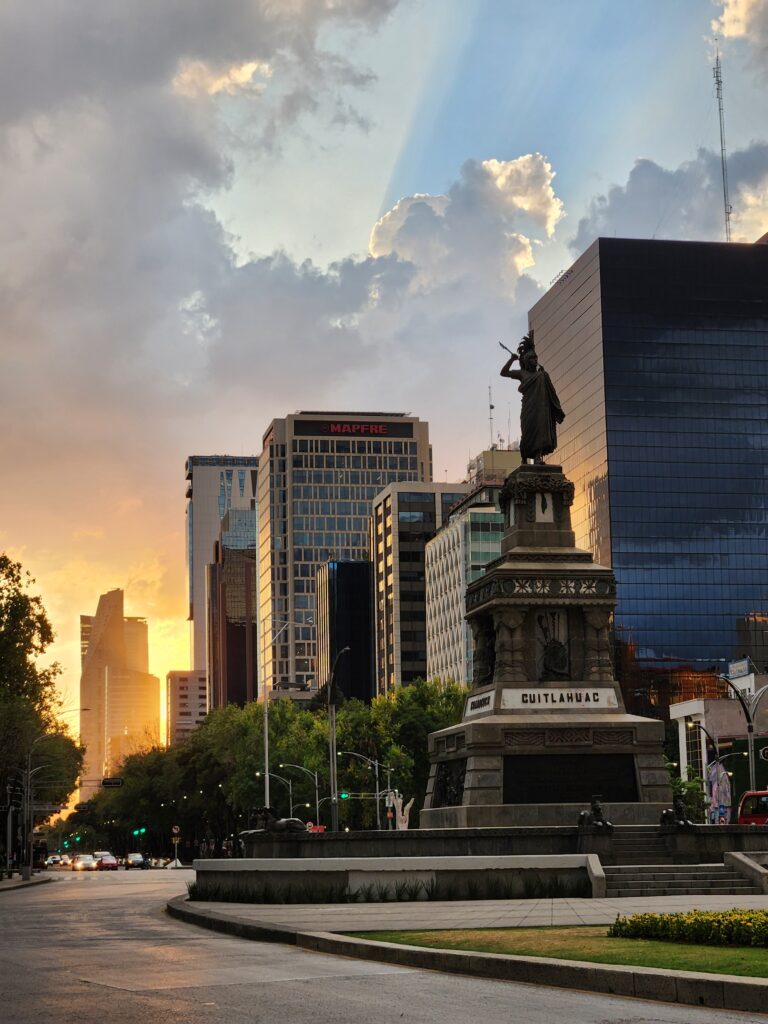

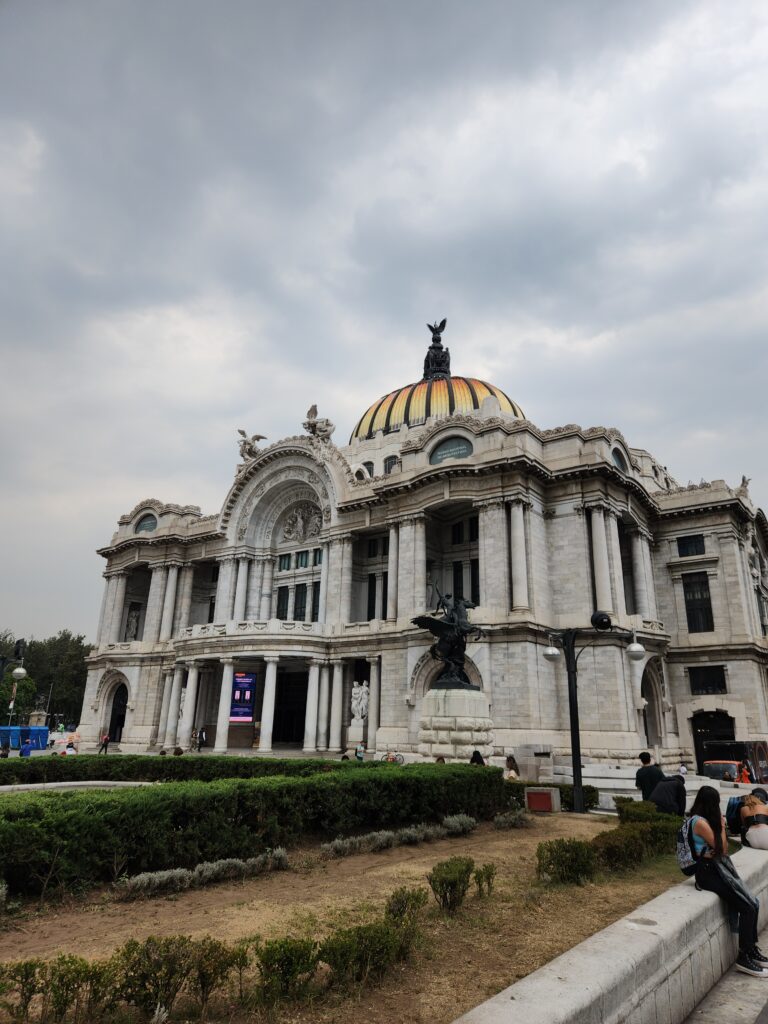
This cultural melting pot has enough amenities to seduce even the most jaded traveler. At the right price, everything is at your fingertips. This intoxicating mixture of freedom and chaos makes CDMX an intriguing place to visit. Even though this bustling city is home to every activity imaginable, we decided to go deeper into the center of Mexico. Through a series of bus rides spanning various days, multiple attractions were able to be explored. They covered both man-made and natural masterpieces, which showcase the true novelty of Mexico. This is a land that appears to be tailored by rebellious gods from another world, so indulge in another side of this gorgeous country!
Best Places to Explore Around CDMX
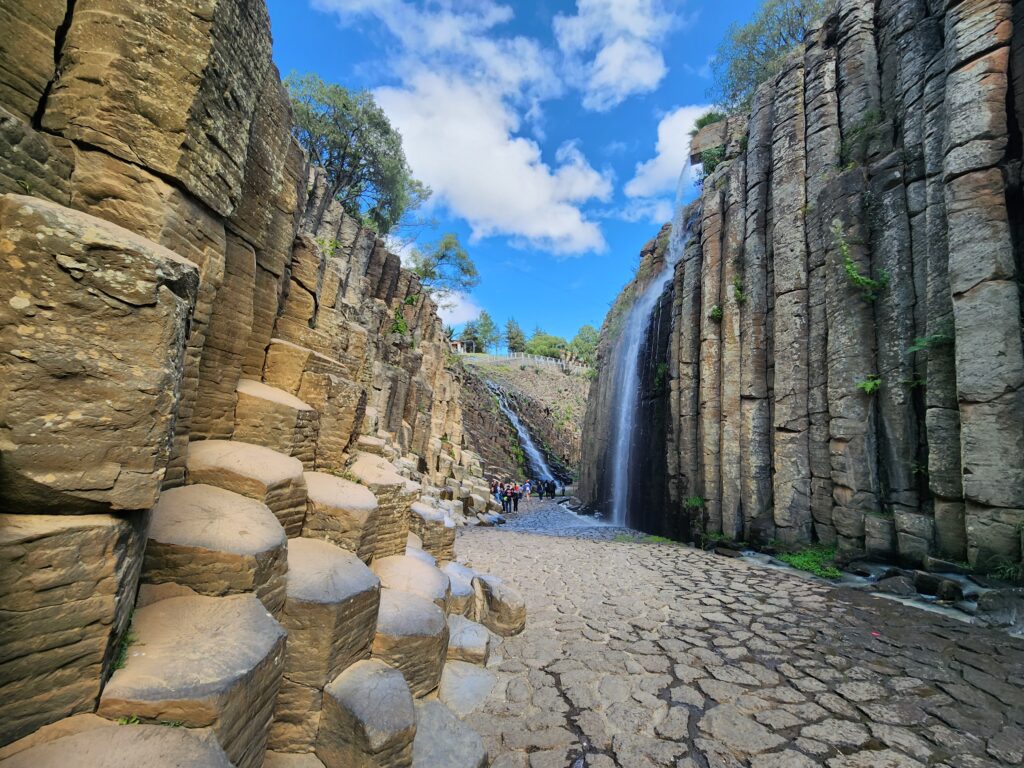
Attraction #1: Prismas Basálticos – When it comes to natural anomalies in Mexico, Mother Nature outdid herself with this one. From the tediousness of their creation to their spectacular presentation, the Prismas Basálticos are nothing short of a natural wonder. They are located 2.5 hours outside CDMX on the outskirts of Huasca de Ocampo in the Mexican state of Hidalgo. Even though you have to take a bus, combi, and taxi to reach them, the Prismas Basálticos are well worth making the excursion.
The area boasts four waterfalls whose water flows from the region of Pánuco. What makes these cataratas unique is they are surrounded by thousands of basaltic columns that range from 30 to 40 meters (130 ft) tall. These columns were formed an estimated 2.5 million years ago when lava from the volcanoes in Pachuca and las Navajas was hit with water. The rapid cooling of the lava from the waterfalls caused a reaction that fractured the lava and caused the formation of countless 3 to 8-sided columns.
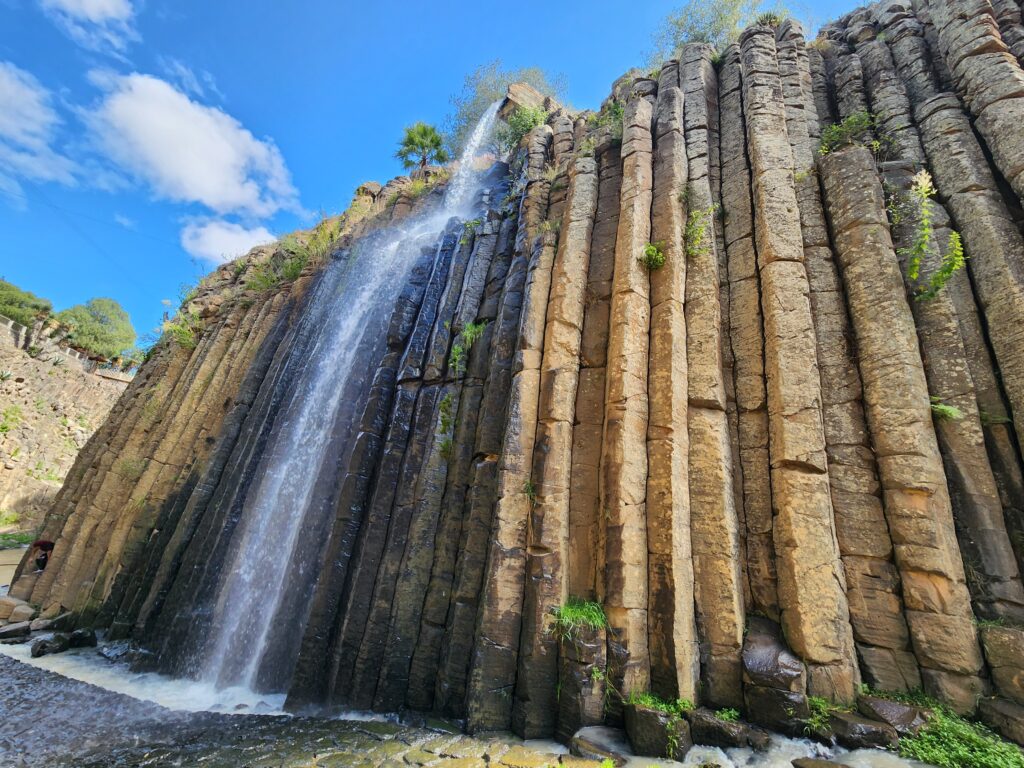
This freak accident of nature created massive basalt columns that still tower over visitors today. The area was first discovered by Aztecas on their way to the obsidian mines in the Sierra de las Navajas y Pachuca. From there the prisms were re-discovered by the Spaniards and multiple paintings and drawings were reported back to Spain. Despite being far from the first person to discover the prisms, it wasn’t until Alexander von Humboldt made his drawing in 1803 that the area received international fanfare. The area got even more famous when Huasca de Ocampo was named Mexico’s first “Pueblo Mágico” in 2001. Today the area is one of the Trece maravillas de México, so its status as one of the top destinations in Mexico is forever solidified!
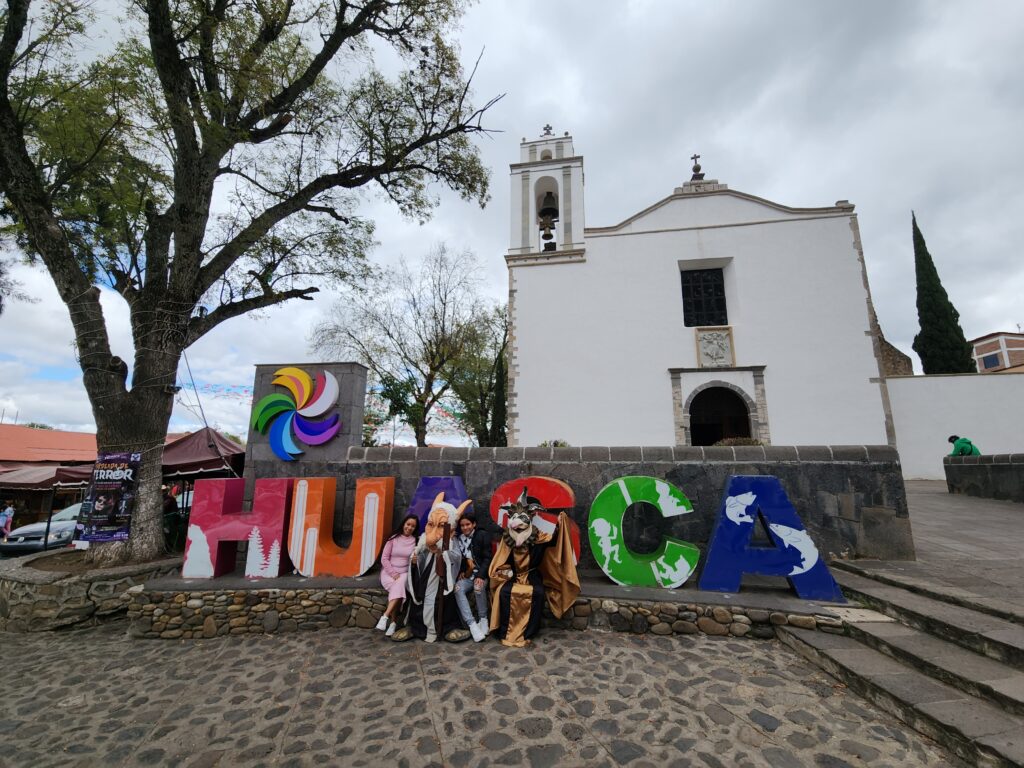

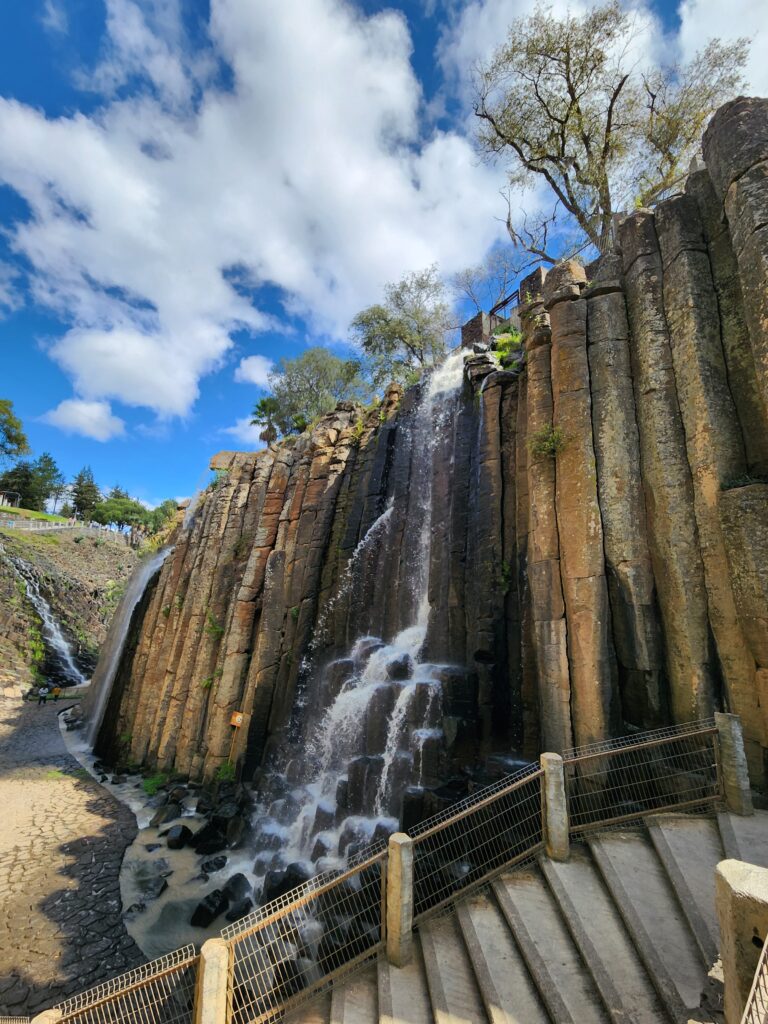
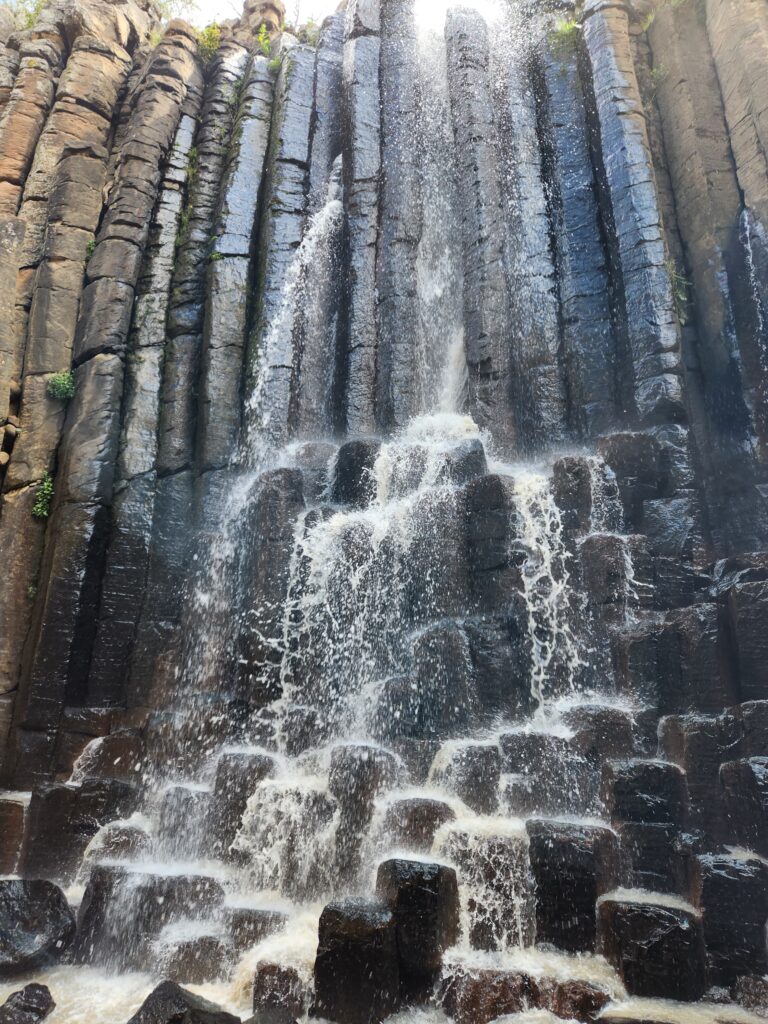
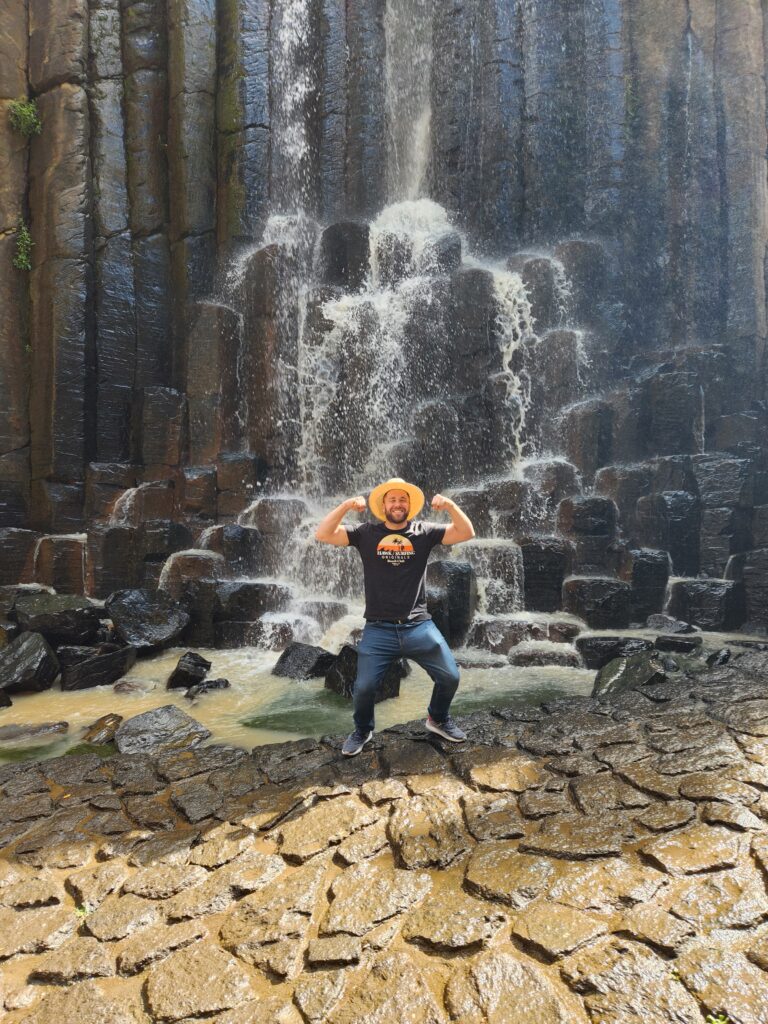

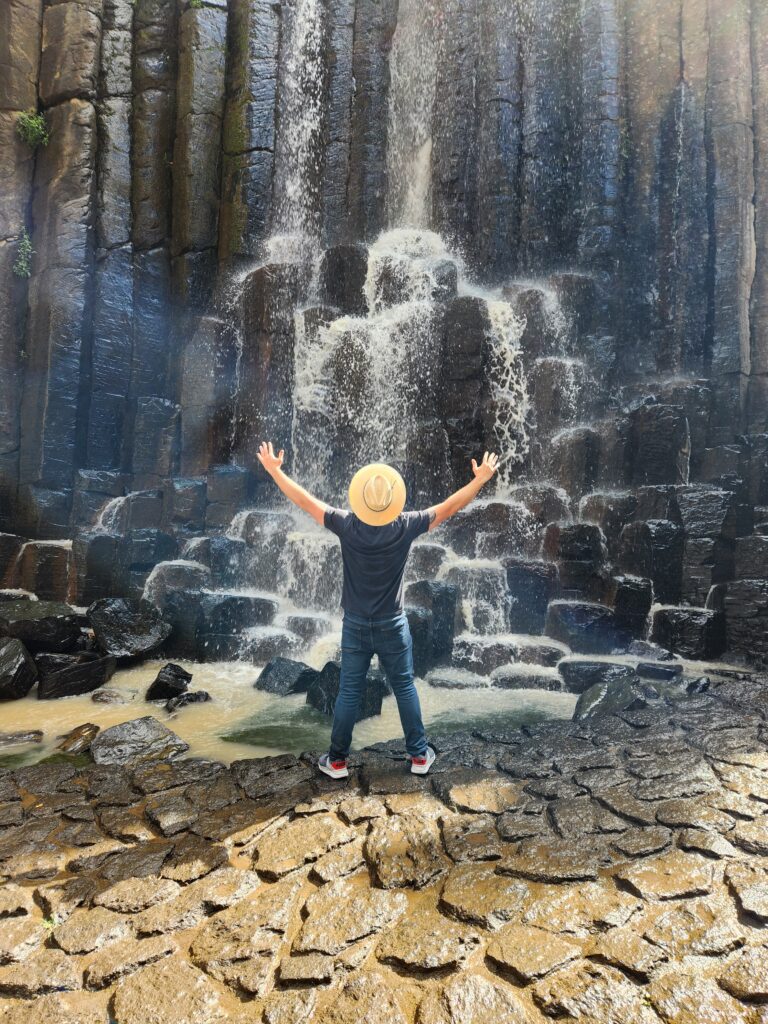

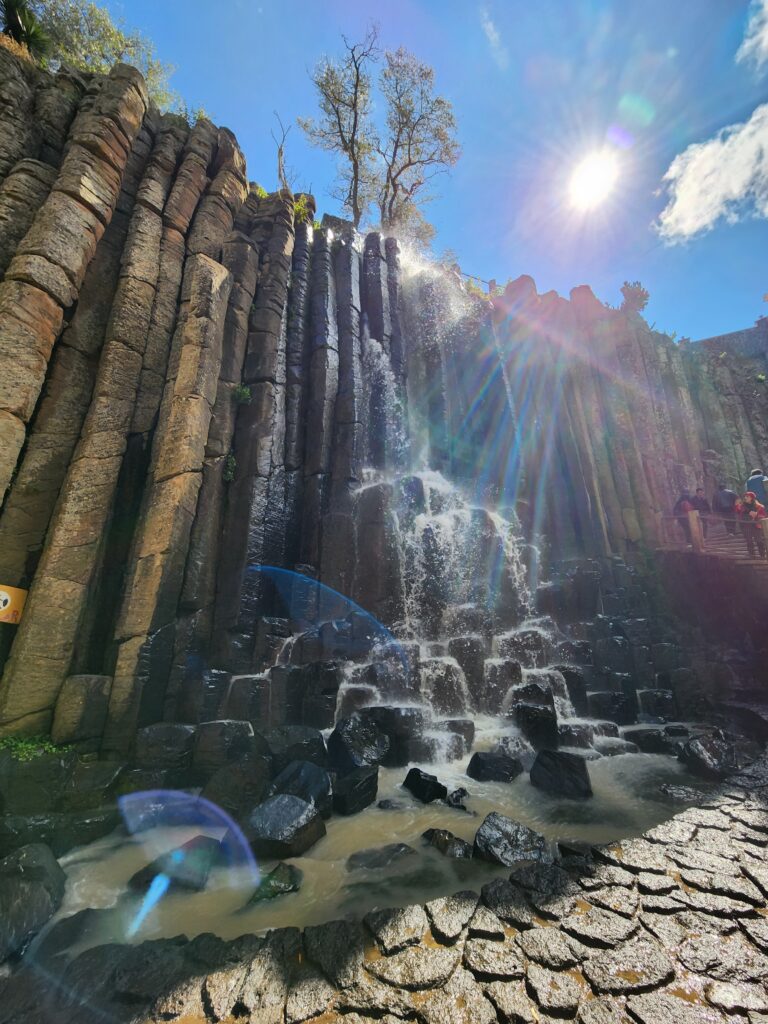
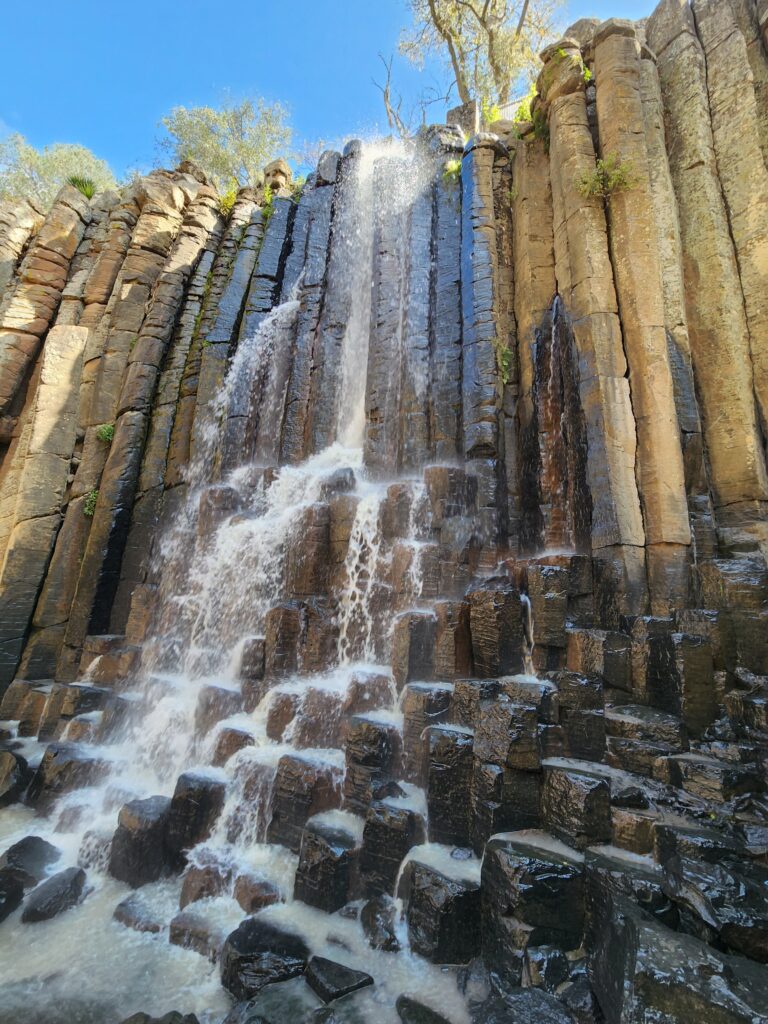
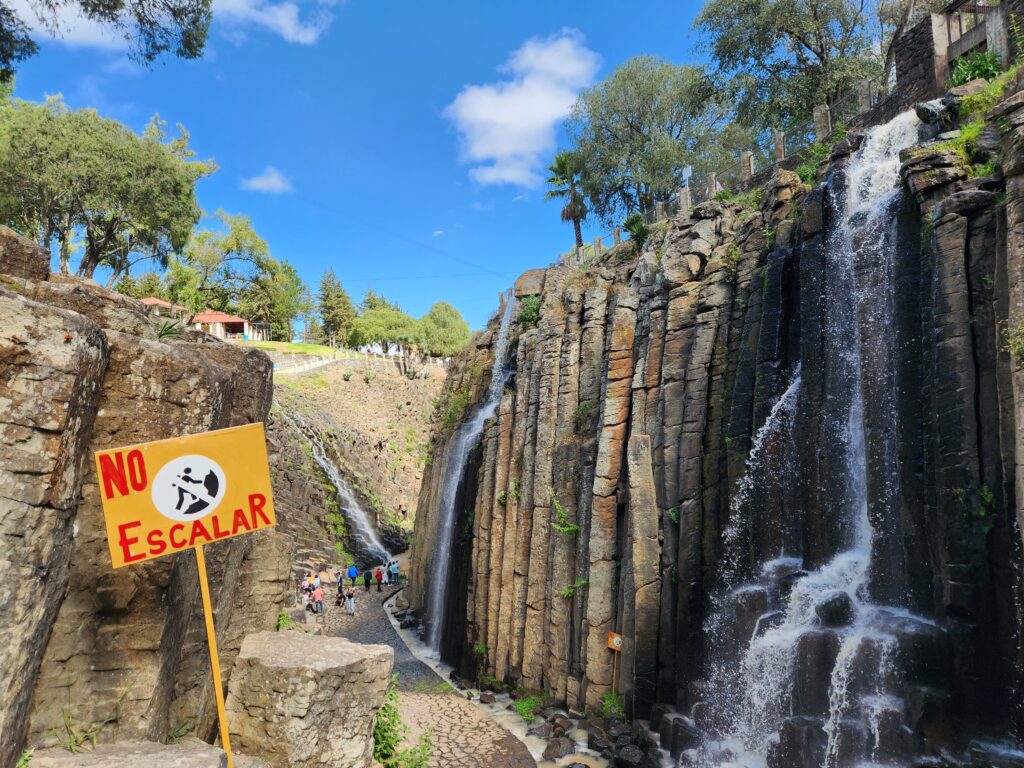
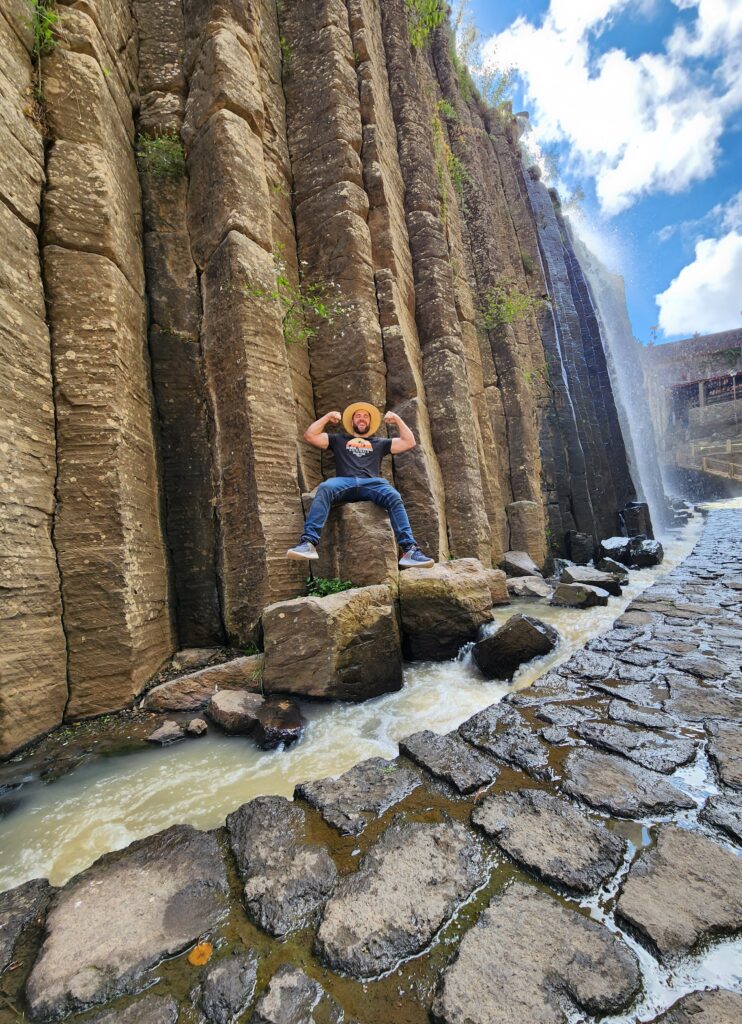
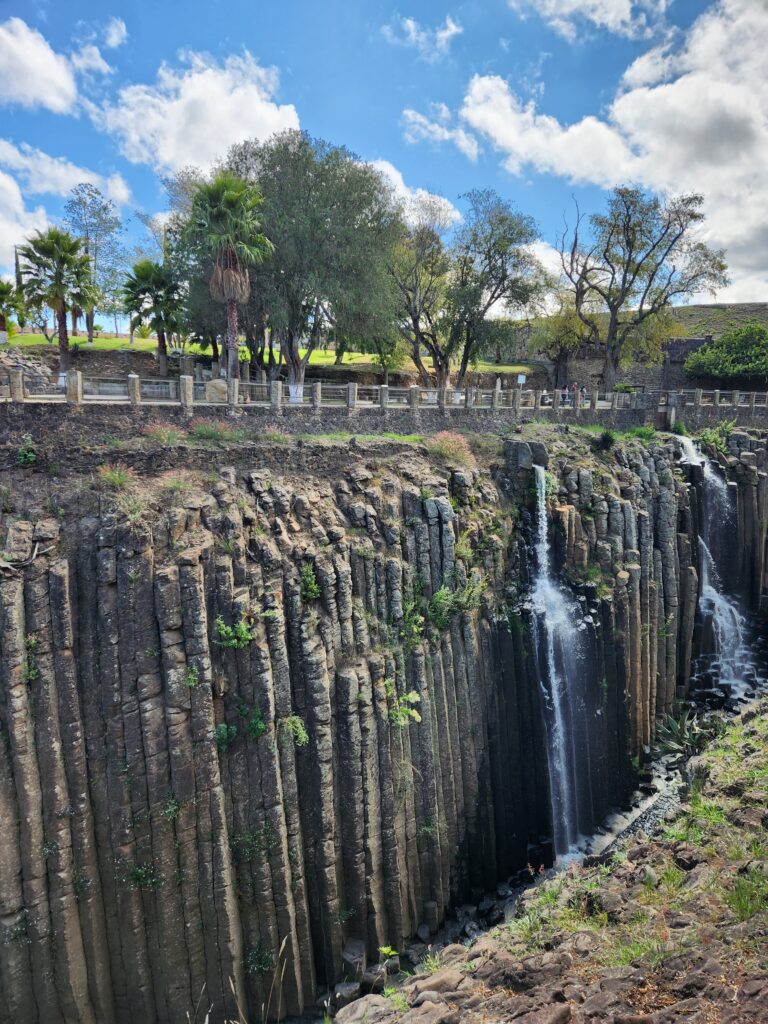

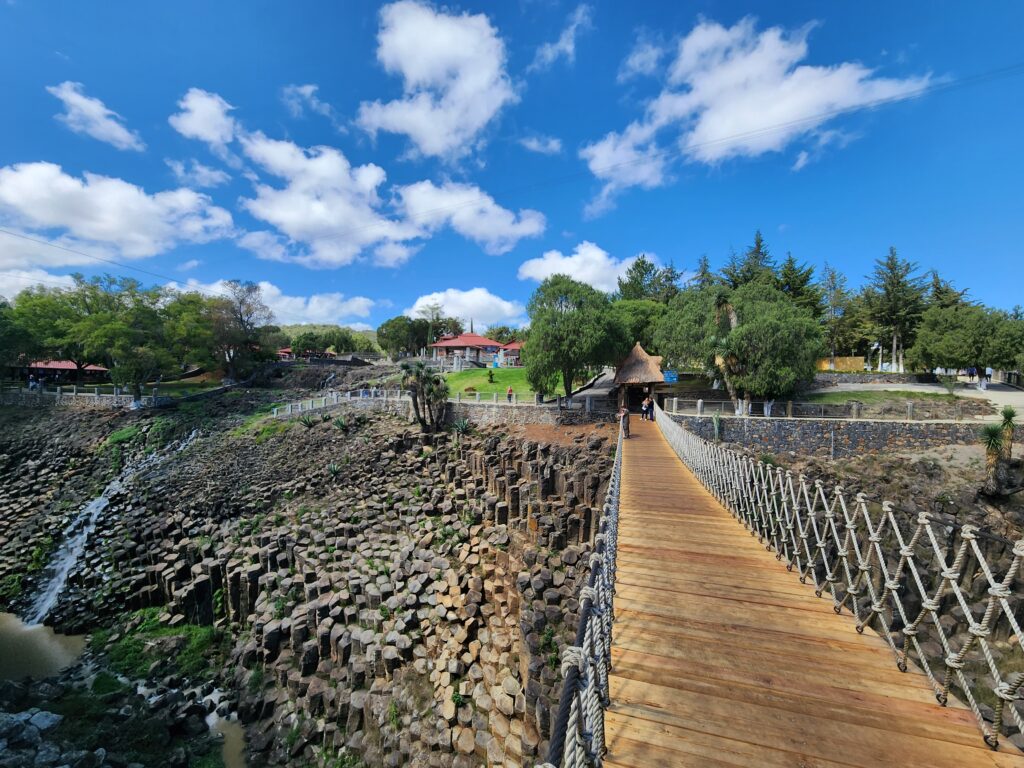
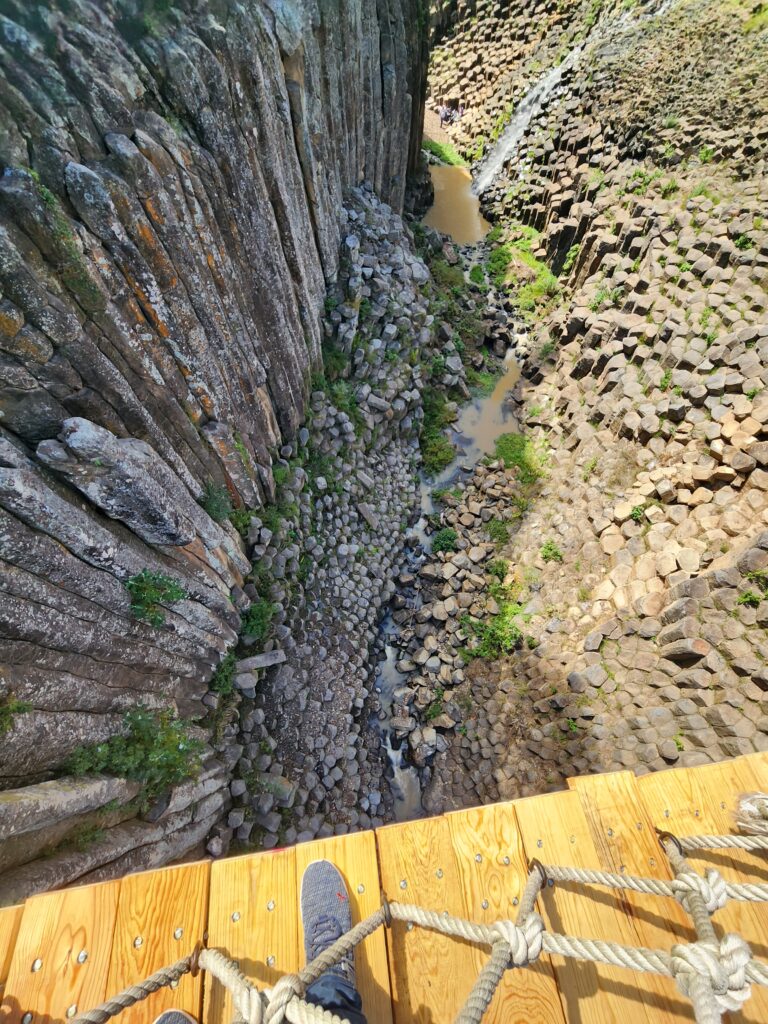
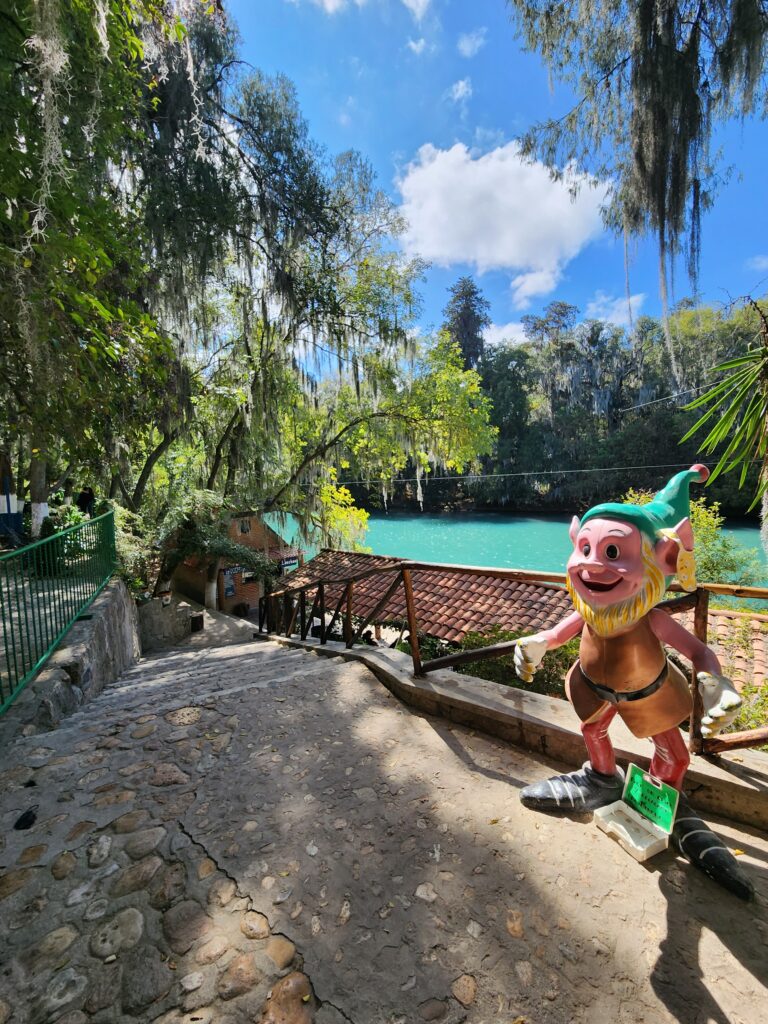
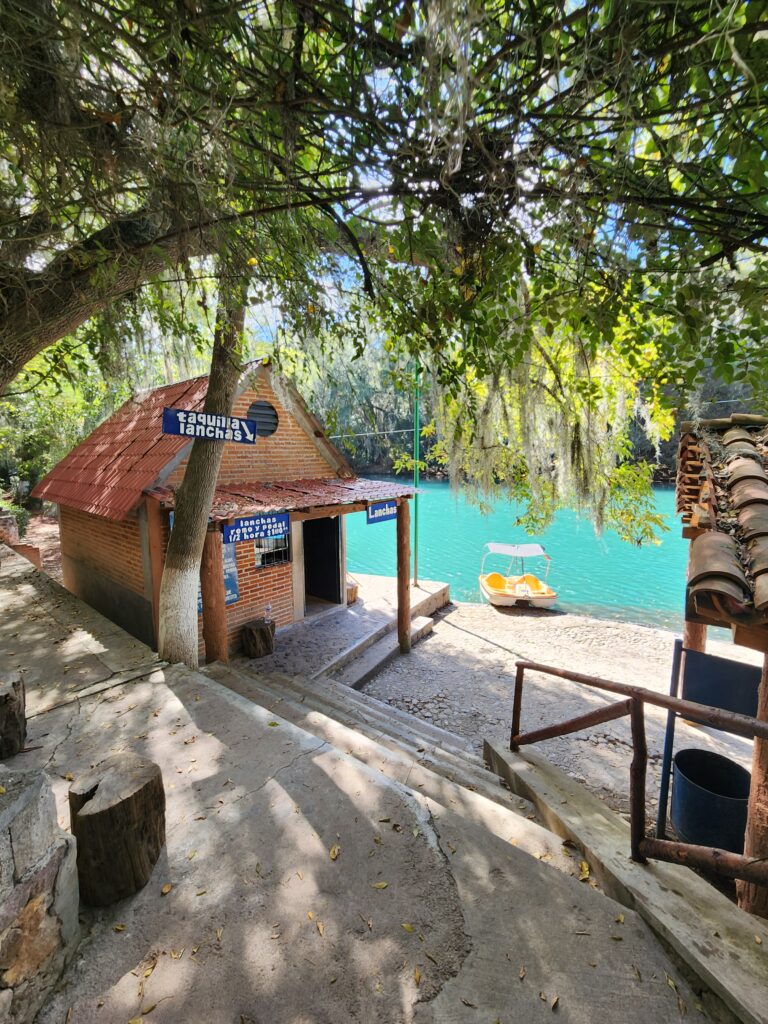


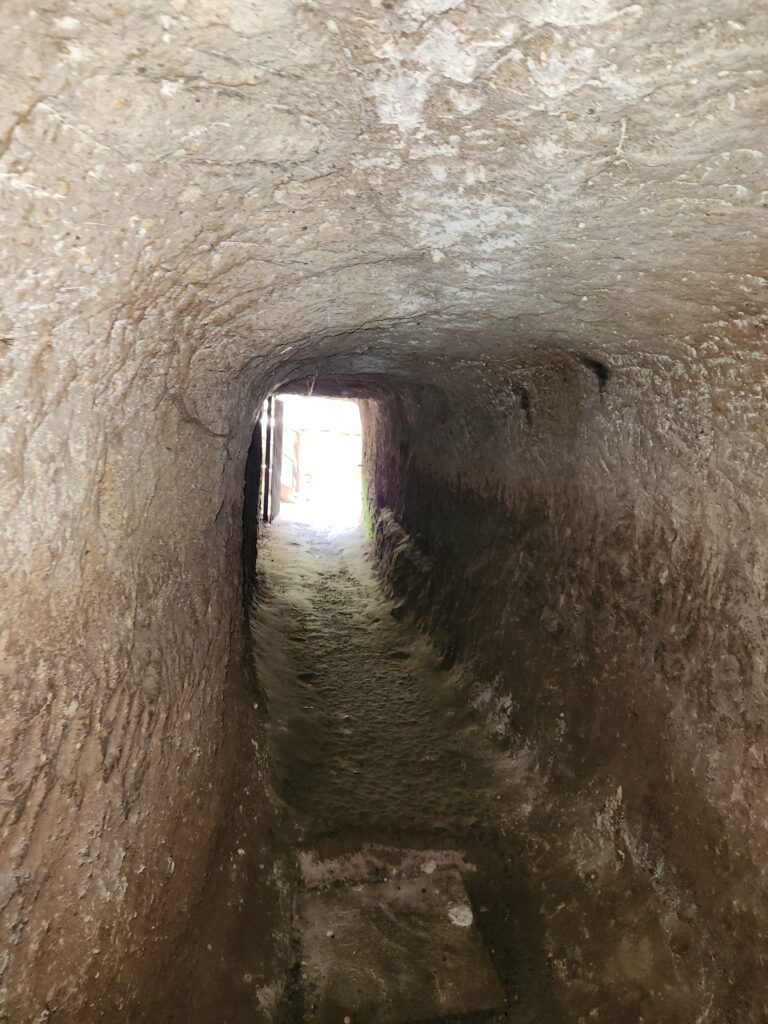

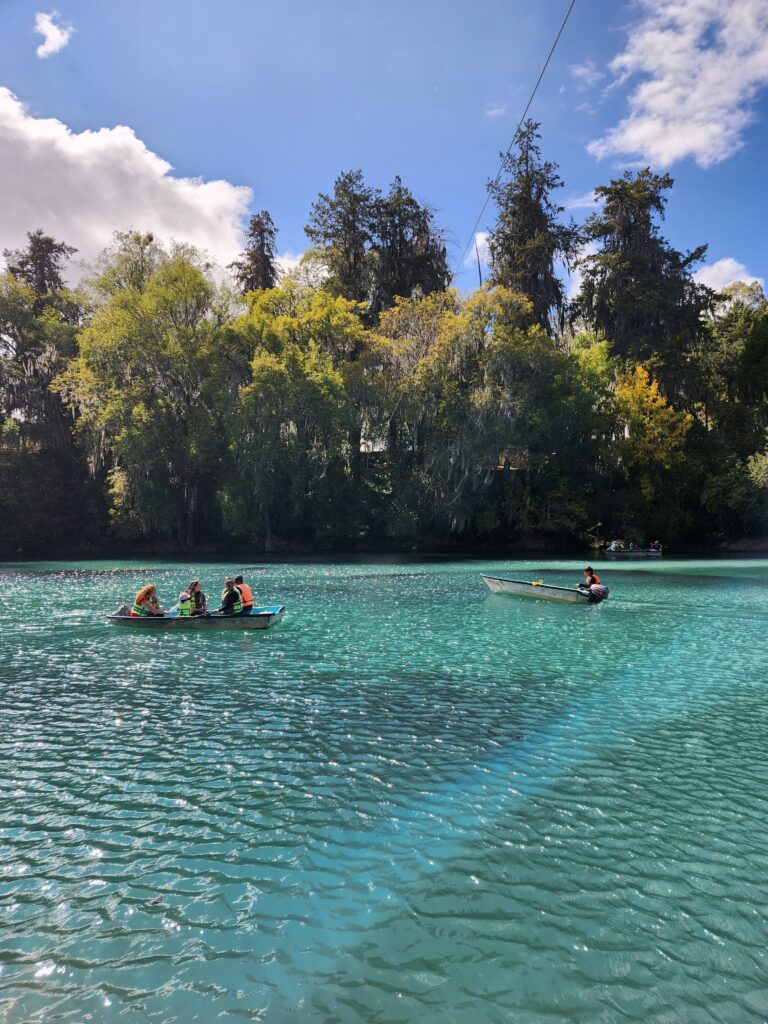
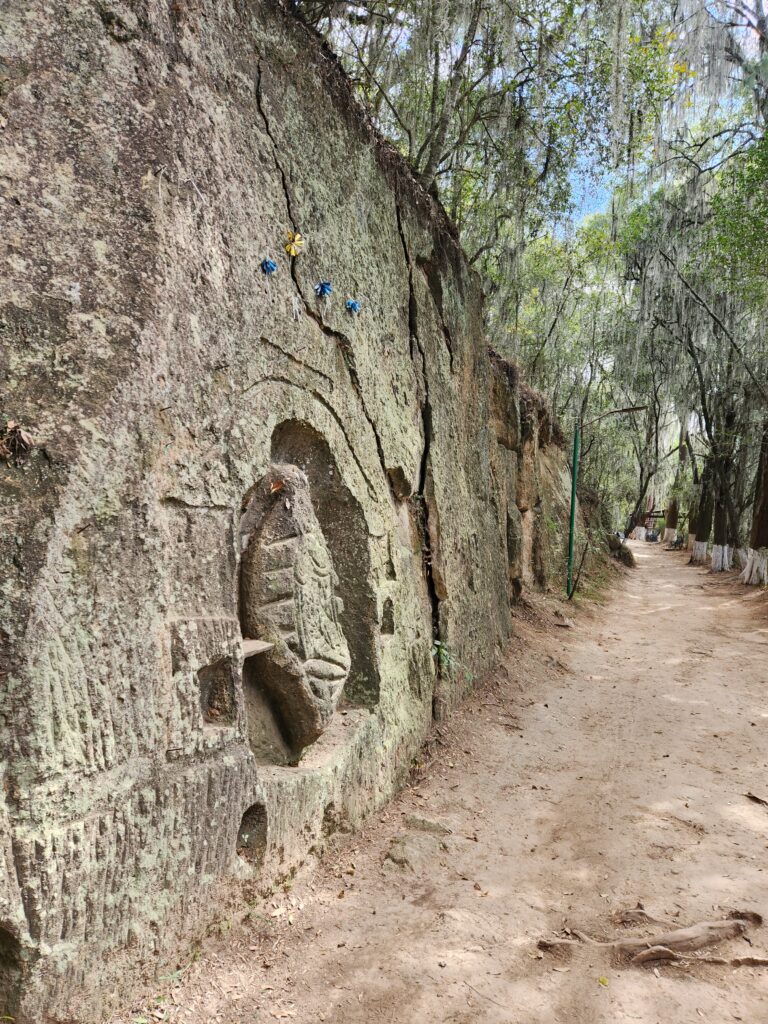

Attraction #2: Las Grutas de Tolantongo – Out of all the places to visit in Hidalgo, few have the natural diversity that the Grutas de Tolantongo enjoy. Tucked away in the mountains of San Cristóbal, this natural attraction checks all the boxes. Its waterfalls, caves, swimming pools, and the river are all blessed with turquoise water that’s so vibrant it looks like it was photoshopped by God. Mexico City is a 4-hour drive away, which allows a steady stream of tourists to reach the hot springs. This is also a massive national attraction, so Mexicans from all over the state of Hidalgo come throughout the week with their families.
This attraction is nothing short of impressive, especially when you take into account all of the amenities that were built into it. The area is absolutely huge, you have to take shuttles from the entrance to the hot spring pools and it’s about a 15-minute walk to the caves and waterfalls. Each area is so extensive it could be a stand-alone attraction, and that wasn’t lost on whoever developed this. It’s split into 3 major sections with each one boasting its own hotel and series of restaurants. Dozens of people work in each area, all of the dining, camping, and transportation is owned by them, and they even have buses going back to Ixmiquilpan. This attraction is a money-making machine, and it was purposely designed to maximize revenues.
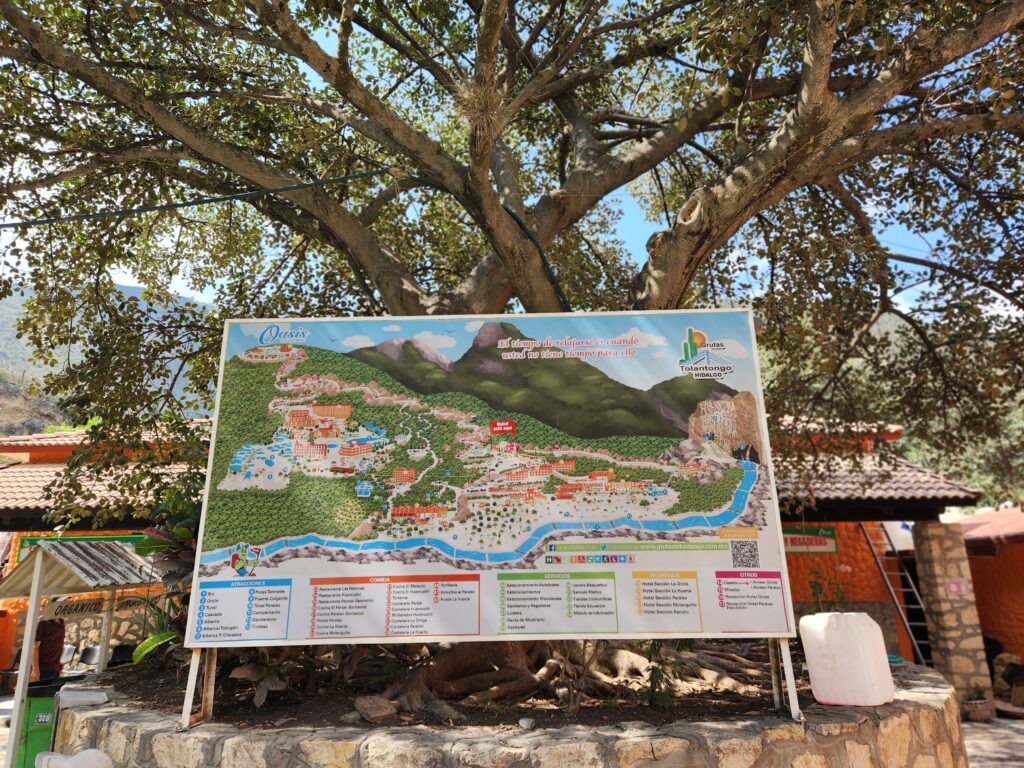
Like everything in Mexico, the Grutas de Tolantogo has a tumultuous history. This remote area of the mountains used to be owned by hacendados who exploited the local indigenous populations and made them work in slave-like conditions. The area used to be owned by Alejandro Athié, a wealthy foreigner who was infamous for mistreating workers and stealing land from locals. Sick of the rampant abuses, the pobladores de Ixtacapa created the Sindicato de Obreros de Agricultura e Industria in 1934. By 1938 they ceded the land from Alejandro Athié, but the hot springs stayed in limbo due to missing authorizations to develop it.
At this time, only pack mules could reach the balneario. This was an extremely rugged area, so it required major investment to transform it into a visitable attraction. It wasn’t until 1995 that the governor of Hidalgo, Jesús Murillo Karam, united a group of investors to transform this abandoned hot spring into the powerhouse it is today. Suddenly the red tape disappeared, and a seemingly unlimited budget flowed into one of the biggest tourist attractions in the country. It’s still growing today; more hotel rooms and restaurants are being constructed at a feverish pace. The Lord works in mysterious ways, especially when it comes to money and politics in Mexico.
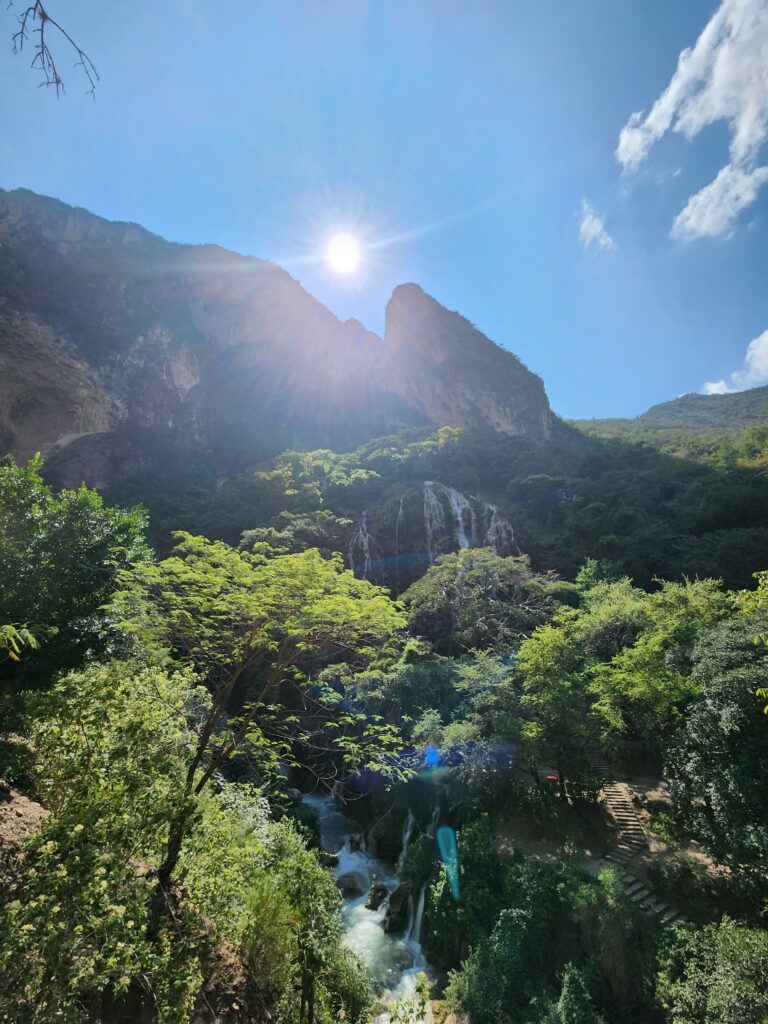
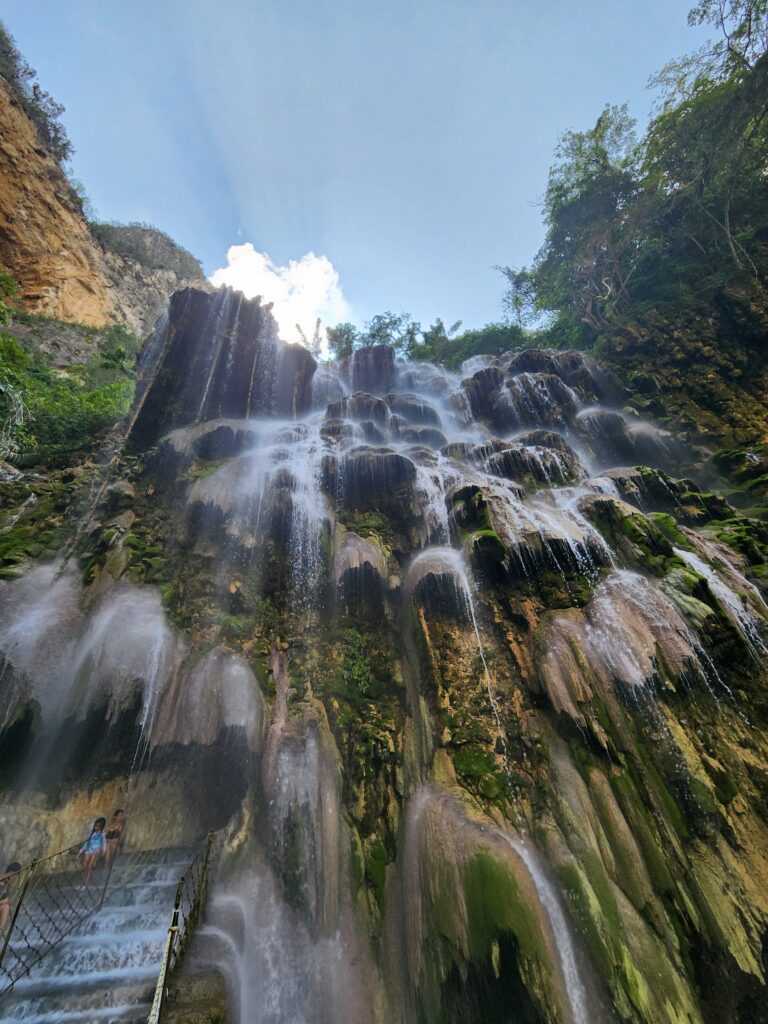
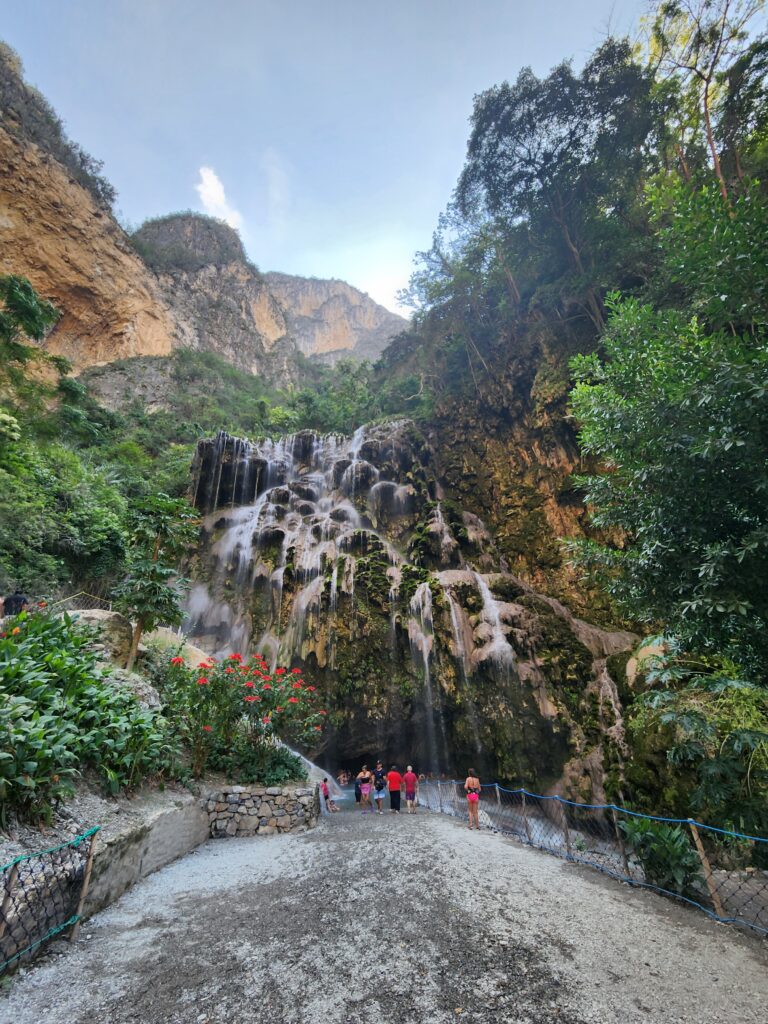
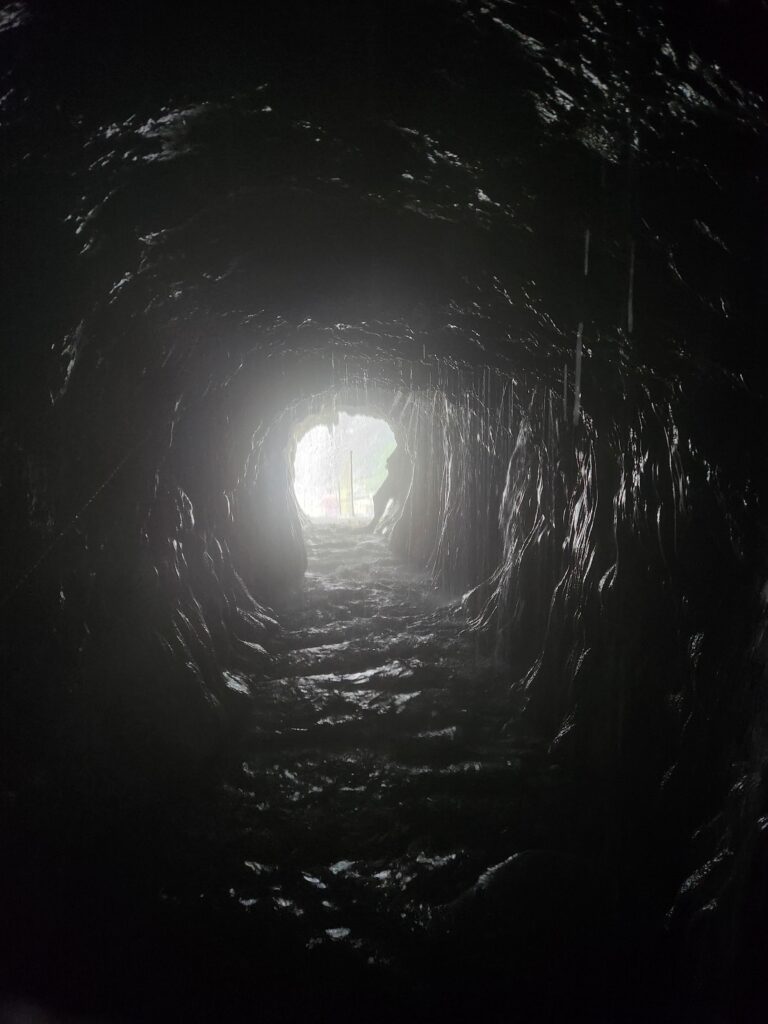
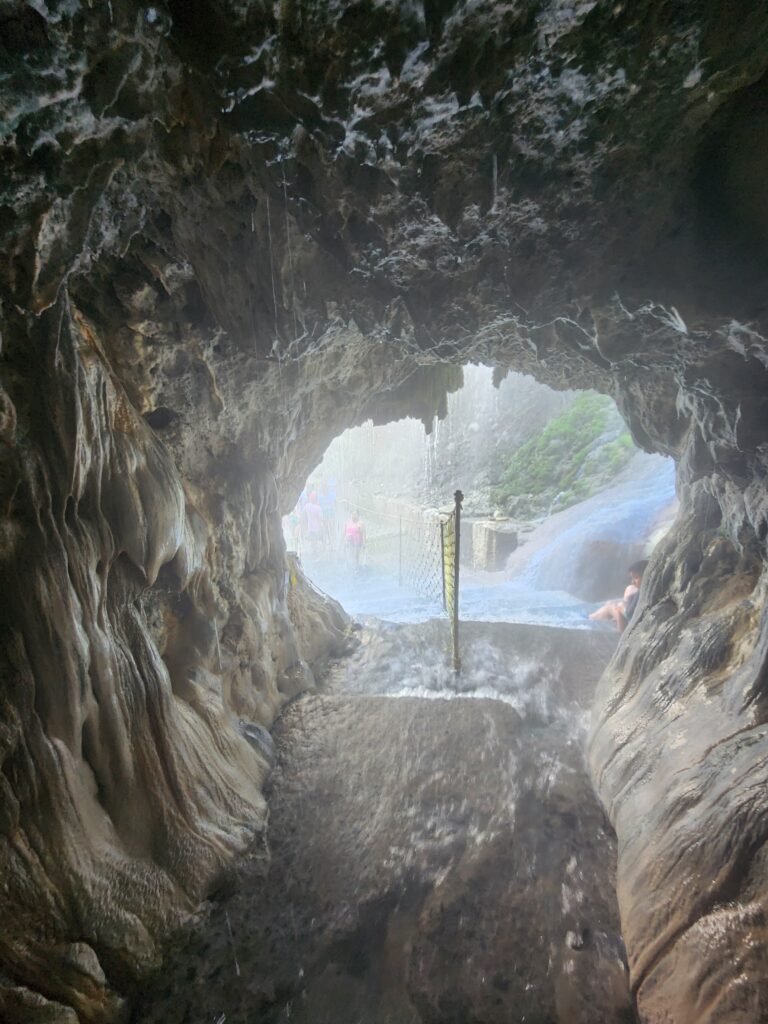
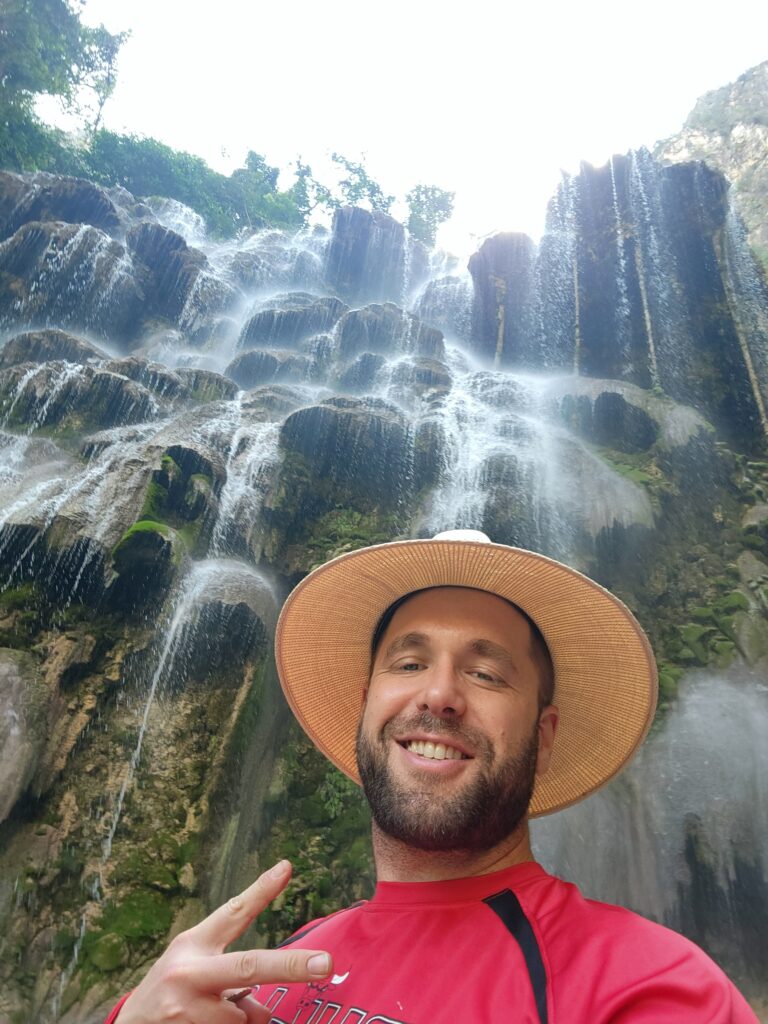

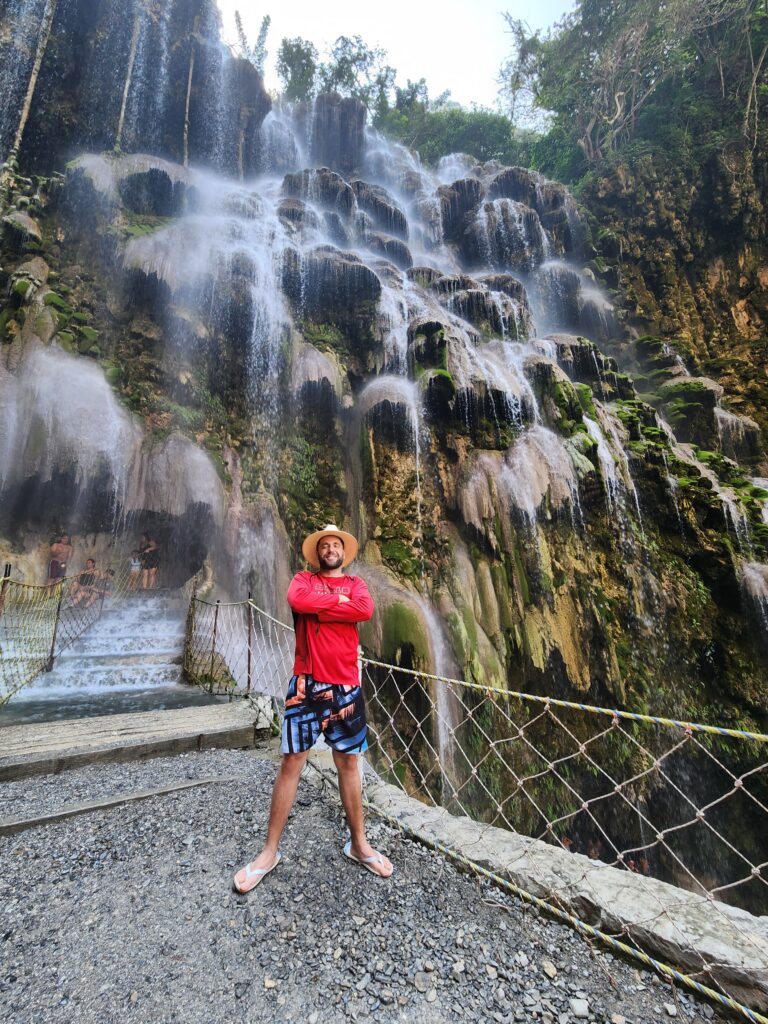
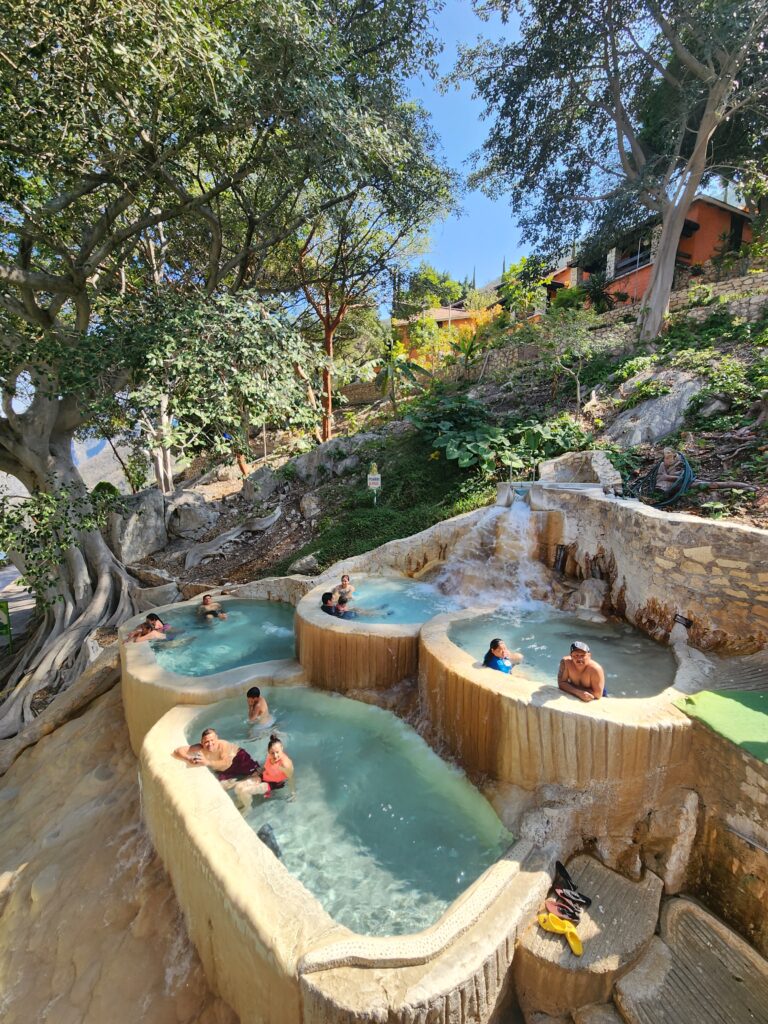

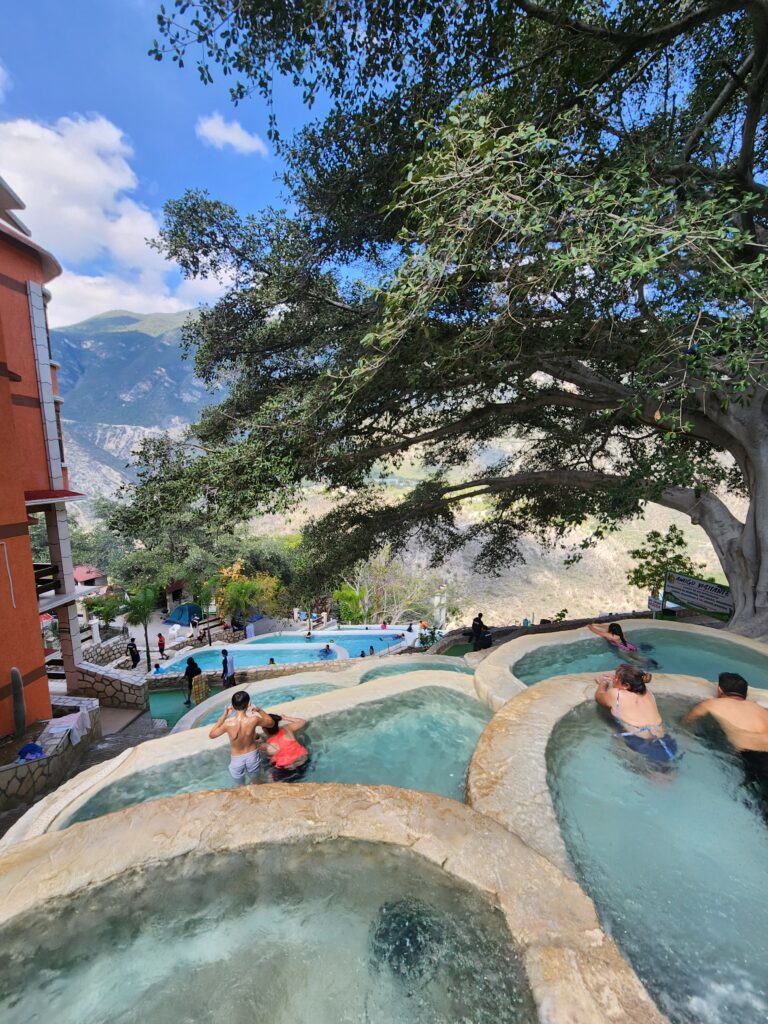


Attraction #3: Pirámides de Teotihuacán – This massive archeological complex is one of the most extensive collections of ruins from Mesoamérica. The area spans 20 square kilometers, and even after decades of research is shrouded in mystery. It features temples from multiple civilizations that end up providing more questions than answers. In many places, the ruins from different cultures are layered on top of each other. This historic complex is so intricate that some archeologists believe they have only discovered 10% of it. It’s a stunning archeological complex that you could dedicate your life to investigating and still be left with unanswered hypotheses.
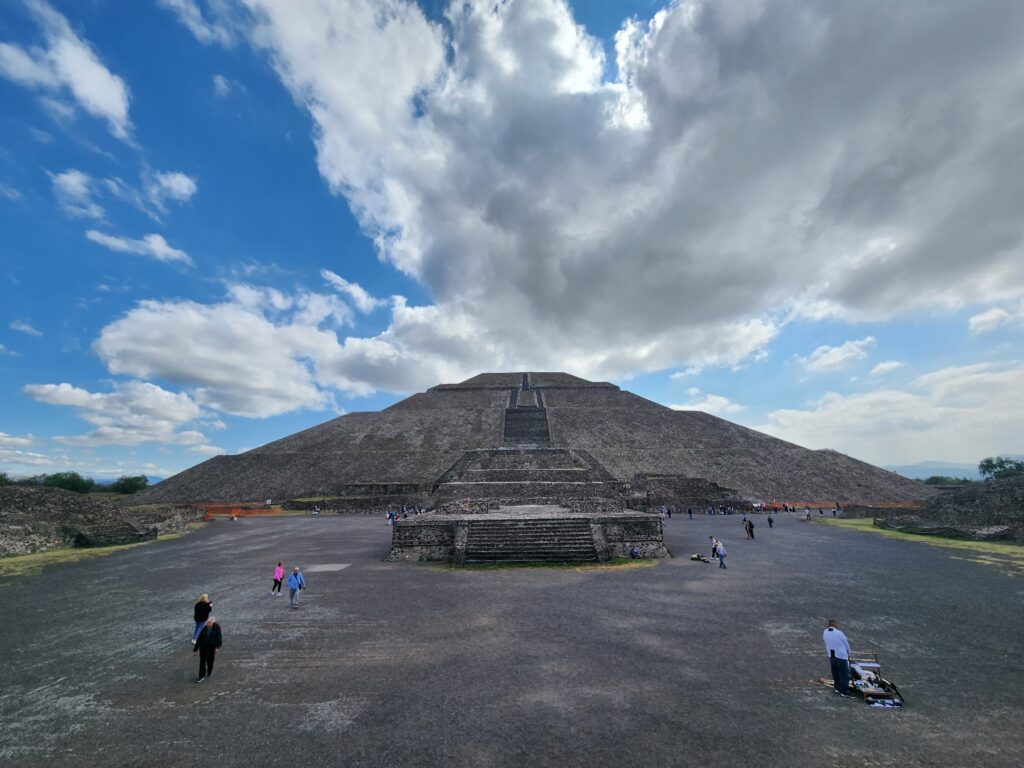
Teotihuacán translates from Nahuatl into “The Place Where Men Become Gods”. While the exact age of the oldest ruins is debatable, most archeologists agree that from the years 200 to 650 AD this was the largest city in Mesoamérica. It was home to around 200,000 people who lived in over 2,000 different rectangular structures that were divided into different barrios. This was one of the most advanced societies in América Precolombina, and no one knew who they were. While records are found on the later Tolteca, Mexica, and Aztec occupants of the city, the identity of the founders of Teotihuacán remains a mystery. The Aztecs found the city totally abandoned in the 1300s, so only the complexity of the oldest ruins provided clues to this erased society.
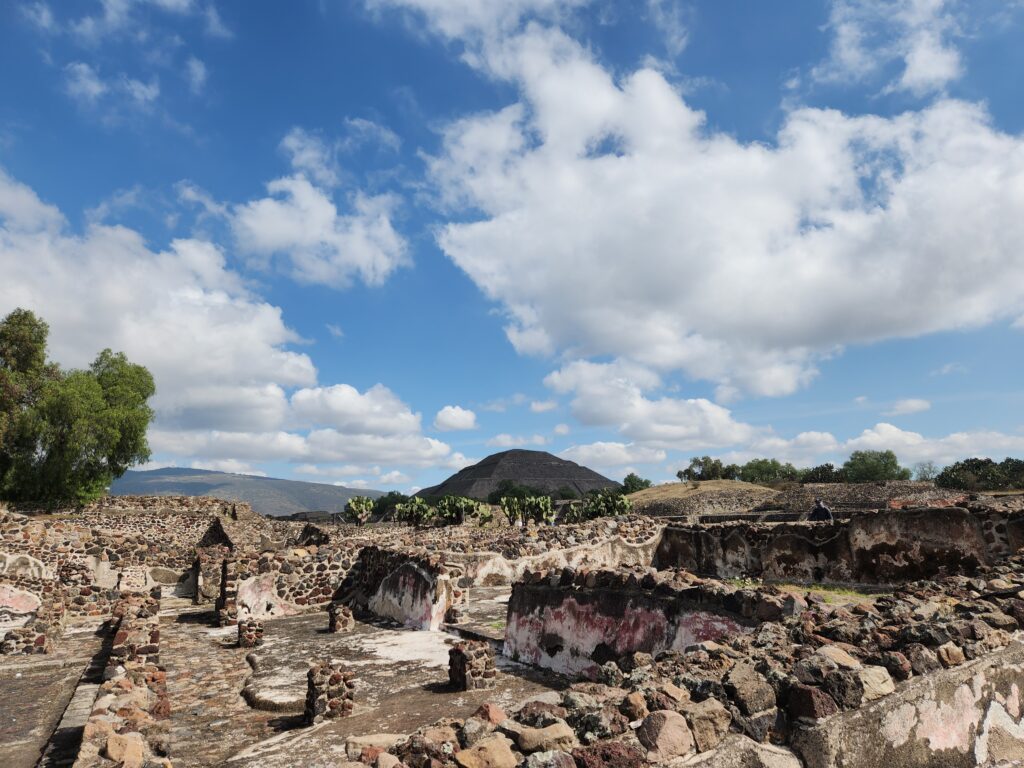
Adding to the mystery are the layers of mica sheets that were purposely placed all over the surface of the Teotihuacán Temple of the Sun. While it was probably installed for its reflective and translucent qualities, mica was also placed on the Great Pyramids in Egypt. How a Mesoamerican culture on the other side of the world had the same affinity for mica on their pyramids as the Egyptians is richly bizarre. On top of being an effective insulator, mica allows objects to withstand intense heat and can generate electromagnetic energy. This causes archeologists to speculate that the Teotihuacáns harnessed sophisticated technology that utilized extreme heat and treated religious structures as a type of massive antennae.

While there’s no clear answer on what this great culture was working on, there’s no denying Teotihuacán’s allure. Even from what has been discovered and restored, Teotihuacán played a massive role in the development of Mesoamerica. Due to its sheer size and intricacy, this is one of the most epic archeological complexes in the world. The mystery of what happened to its founders and the beauty of its ruins make Teotihuacán a fascinating part of human history. It’s only a 40-minute bus ride outside Mexico City, so make the pilgrimage and try to decipher what happened amongst the ruins!
